Manuel Pichardo Marcano (AMNH)
Liliana Rivera Sandoval, Thomas J. Maccarone, Diogo Belloni, Craig Heinke, Arash Bahramian, Rene Rohrmann, Leandro Althaus, Simone Scaringi

SCOVaS: Survey for Compact Objects and Variables Stars
Cataclysmic Variables
-
White dwarf primary
-
"Main-sequence" donor
-
Roche-lobe overflow
-
Accretion disk (non-magnetic)
-
Highly Variables:
-
Dwarf novae
-
2-8 mag outburst
-
-
CVs in the HR diagram:
CVs in the Field

Abril et. al (2019)
CV Population in the field

Pala et. al (2019)
- Dwarf Novae (59 %):
- Transients/Outbursts:
- U Gem
- SU UMa
- WZ Sge
- Transients/Outbursts:
- Novalike:
- Persistently Bright
Mroz et. al (2016) Image: (J. Skowron, K. Ulaczyk / Warsaw University Observatory)

Variability Search
Variability Search


Looking of CVs in GCs
NASA, ESA, H. Richer and J. Heyl (University of British Columbia), and J. Anderson and J. Kalirai (STScI)

Binaries in Globular Clusters
-
Globular Clusters
- The binary population drives the dynamical evolution of GCs
-
Cataclysmic Variables:
- Large (predicted) sample at known distance
- Potentially very different from field CVs
- A lot of open questions
-
Gravitational Waves:.
- White dwarf degenerate sources for LISA
Looking of CVs in GCs
NASA, ESA, H. Richer and J. Heyl (University of British Columbia), and J. Anderson and J. Kalirai (STScI)

Finding CVs in GCs



HST Optical (3' x 2')
NASA, T. Brown and S. Casertano (STScI)
HST NUV (2.7' x 2.7')
Dieball et. al (2016)
Chandra (3.65 ' x 3.65')
NASA/CXC
1. X-rays and 2. (F)UV excess


Location, Location, Location
47 Tuc
L.E. Rivera Sandoval et al. (2018)
CVs in Globular Clusters
43 CVs
16 CVs
NGC 6752
Lugger et. al (2017)
Finding CVs in X-rays and UV
-
Advantages of X-ray Searches:
- Avoid crowding
-
Disadvantages:
- Small FoV (FUV)
- Lx ≥ 1029 ergs/s
Significant X-ray bias

X-ray: NASA/CXC/CfA/J.Grindlay & C.Heinke; Optical: ESO/Danish 1.54-m/W.Keel et al.
Summary CVs in GCs
-
Few of CVs per cluster
-
X-ray biased sample:
-
Lx > 1029ergs/s
-
-
Predicted "Hidden" Population:
-
Belloni et al. (2016, 2017a, 2017b)
-
-
Dearth of DNe:
-
Only 17 confirmed
-
-
Core-collapsed:
-
Bimodal population
-
-
Period distribution?
-
16 known periods
-
Need more detections. Need more Periods
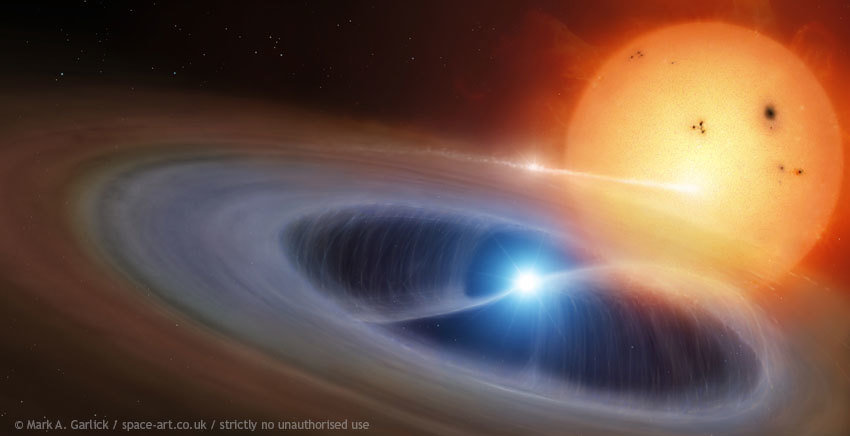
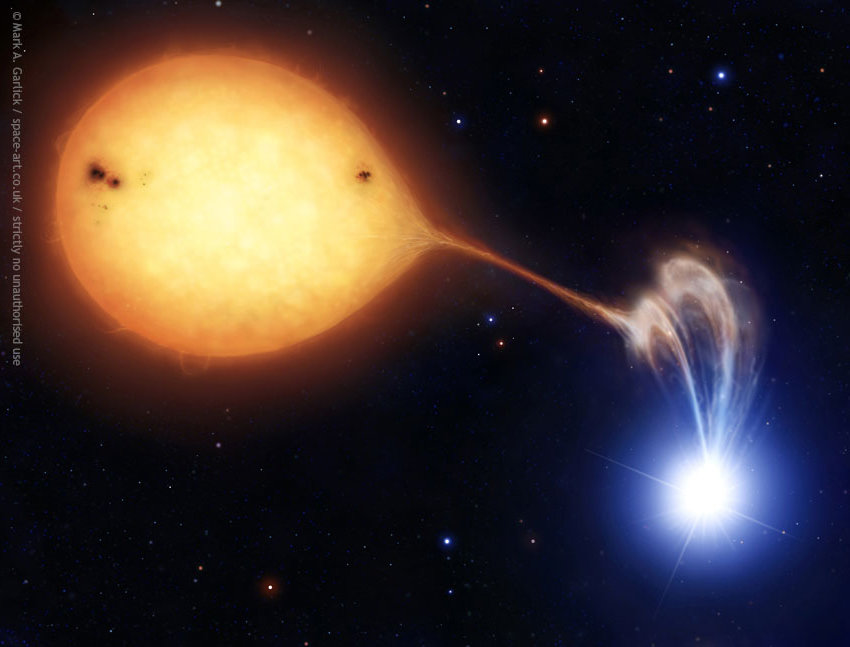
All Magnetics ?
- HST Archive
- 7 Globular Clusters
- Many Exposures
- Different properties
- Metallicity
- Core-collapsed
- Non core-collapsed
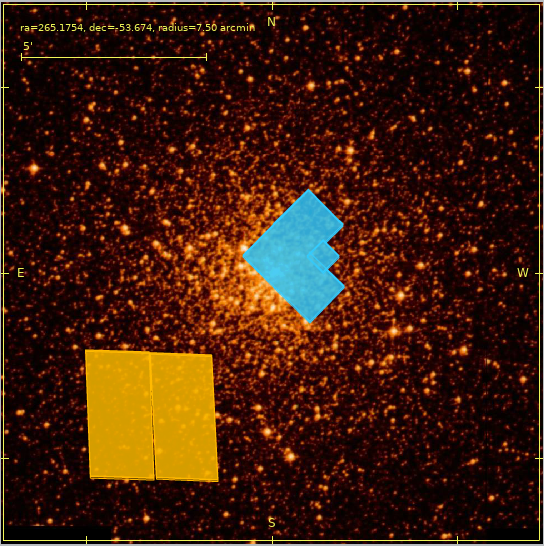
SCOVaS: Survey for Compact Objects and Variables
Preliminary Results
NGC 6397
- Closest Core Collapse
- Second Closest
- 2.4 kpc
- 15 CV candidates
- 2 Pulsars
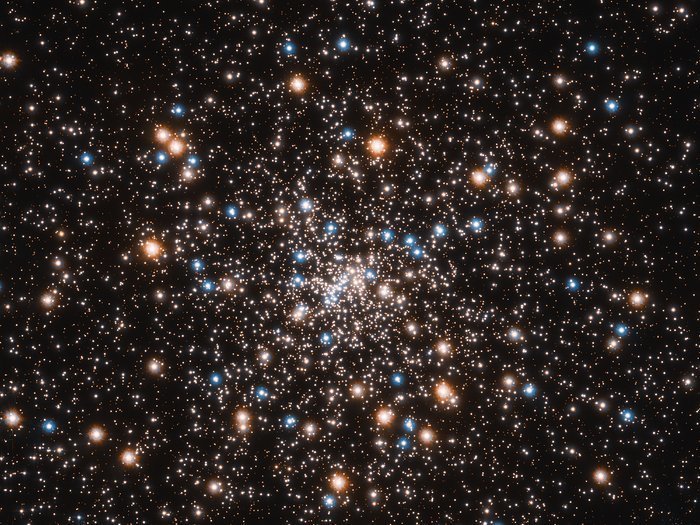
Preliminary Results
NGC 6397

- WFPC-2
- March-April 2005:
- 126 orbits
- F814W, F606W and F336W
- Exp time: 500-700 s
Preliminary Results
NGC 6397

We haven't found new
X-ray faint CVs
Spoiler Alert!

Preliminary Results
NGC 6397

Where are all the CVs?

We haven't found new
X-ray faint CVs
Spoiler Alert!
Other Binaries
Credits: NASA/Rivera Sandoval
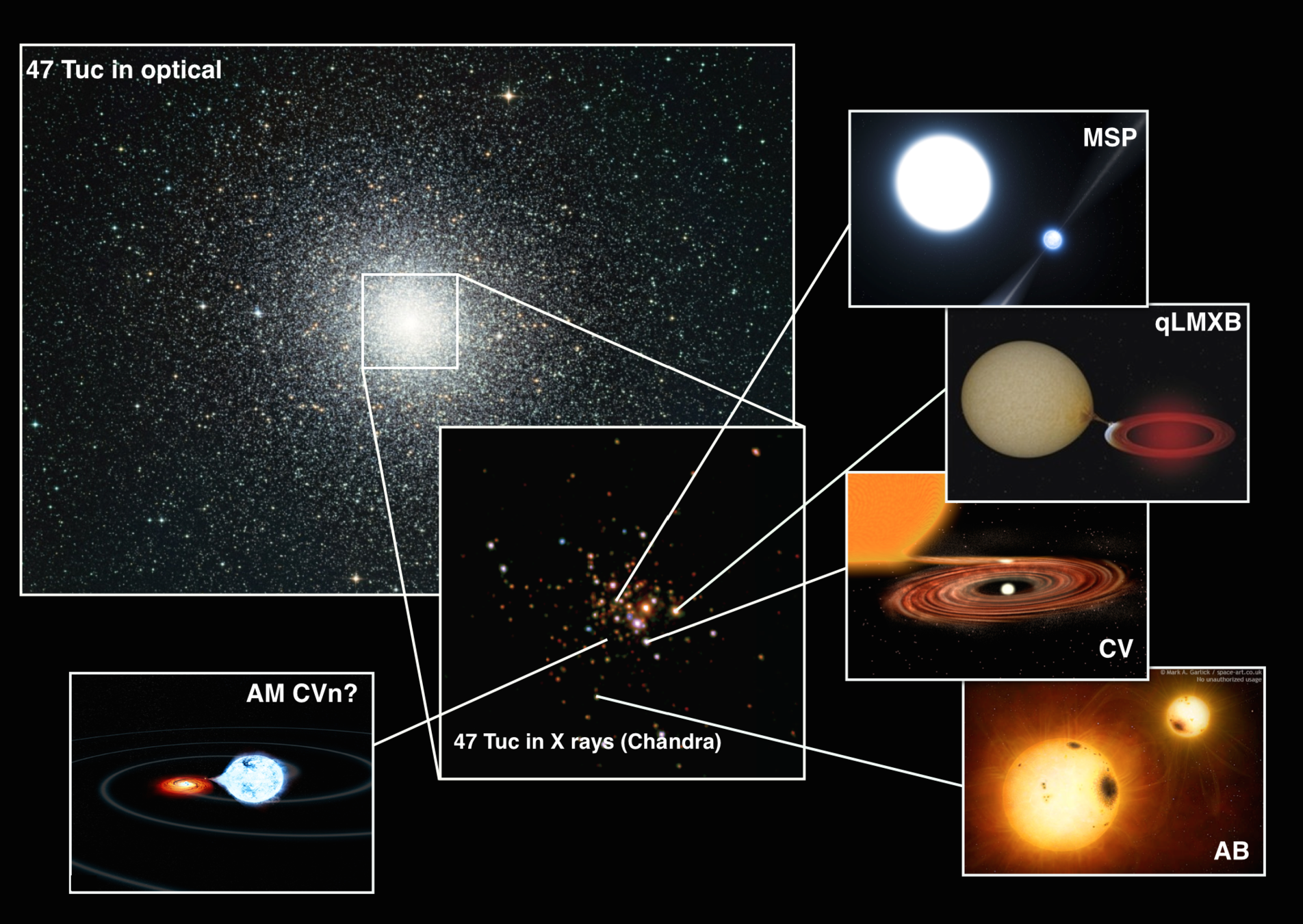
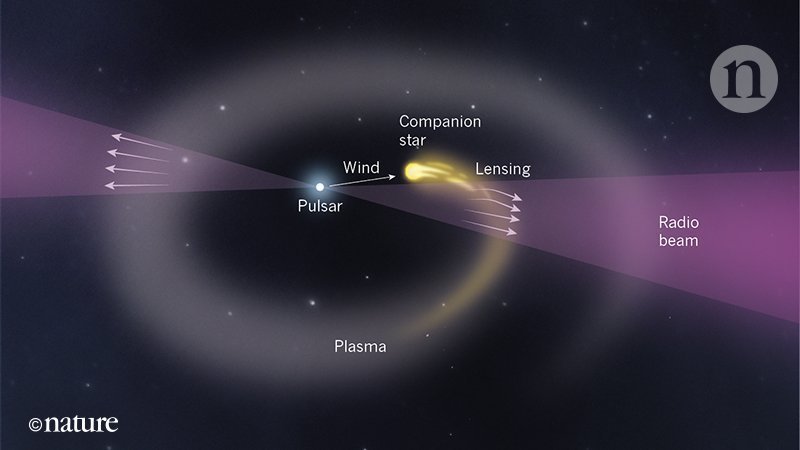
Main et al 2018 (Nature)
Redback 'spider' Pulsar
Redback Pulsar
A new candidate Redback Pulsar
HUGS catalogue. (Piotto et al. 2015, Nardiello et al. 2018)



Pichardo Marcano et. al (2021a)

X-ray
HST F336W
Radio
Zhao et al. (2020), including Pichardo Marcano
A new candidate Redback MSP

Pichardo Marcano et. al (2021a)
- Porb 1.96 days
- Longest Porb for Redback in GCs
- Missed MSP in Pulsar Searchers
- Confirmed by Zhang et al. (2022)
Blue Variables
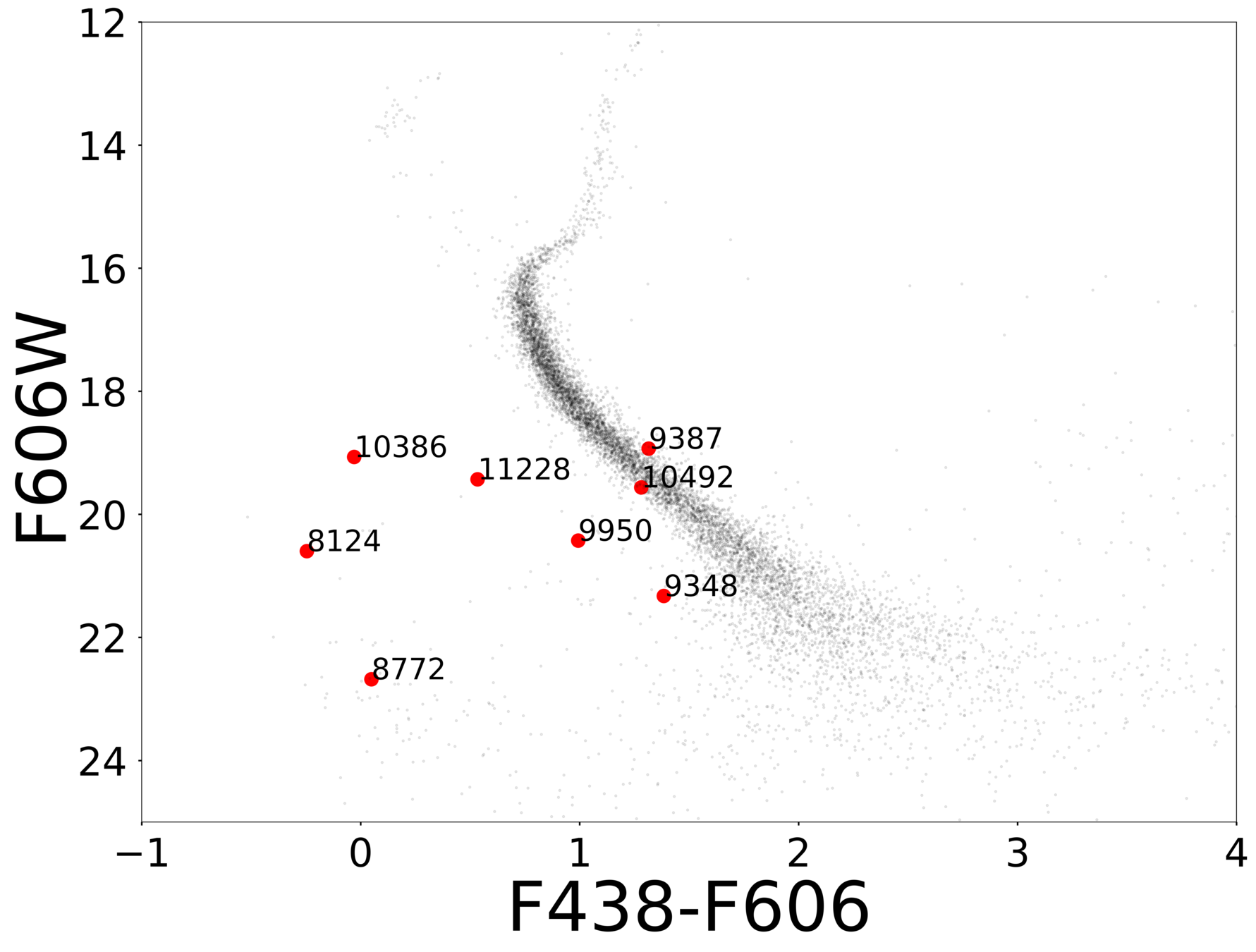
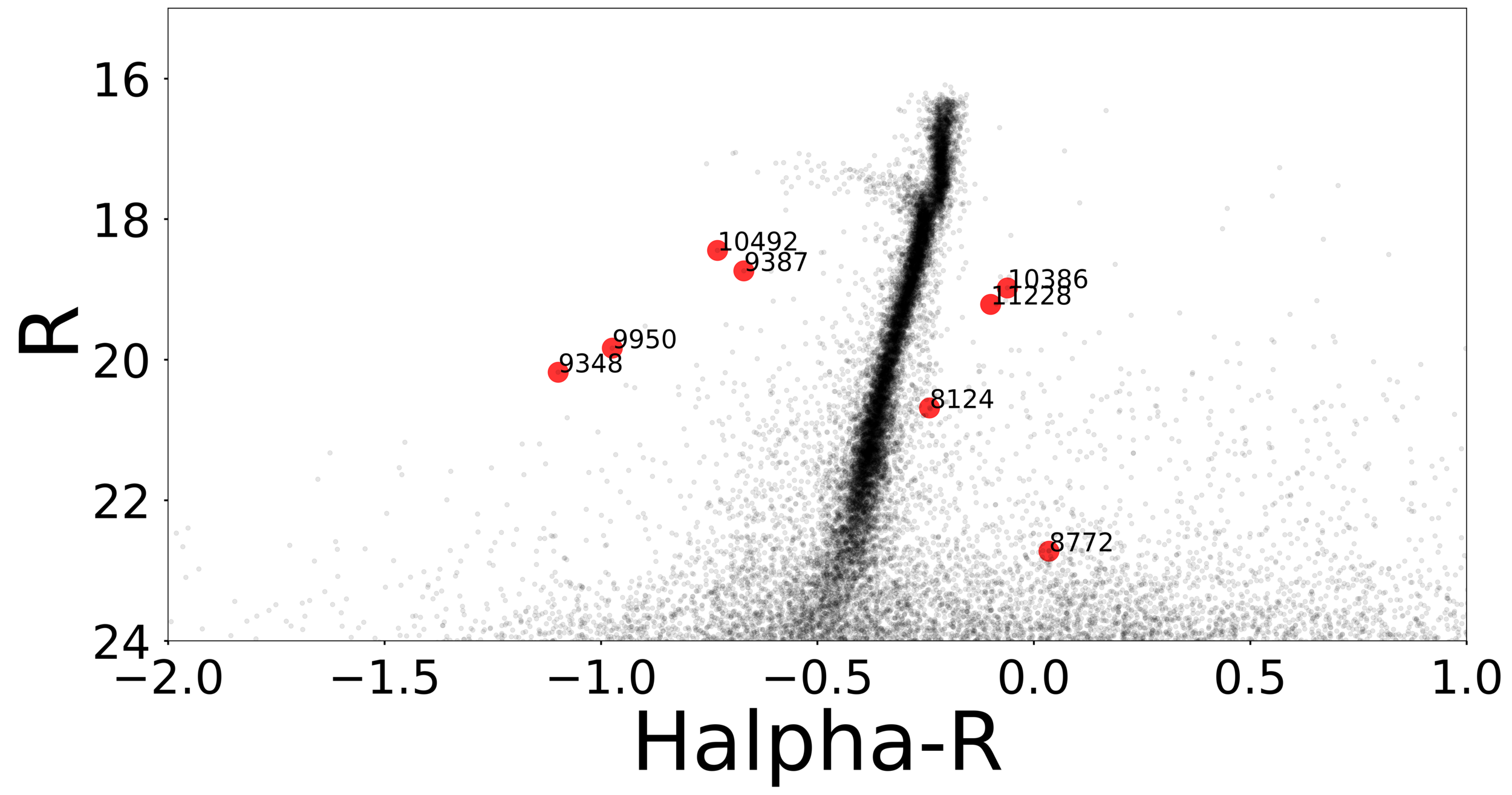
- Periodicity Search:
- Lomb-Scargle
- Phase Dispersion Minimization
- False Alarm Probability < 10-8
He WD Candidate
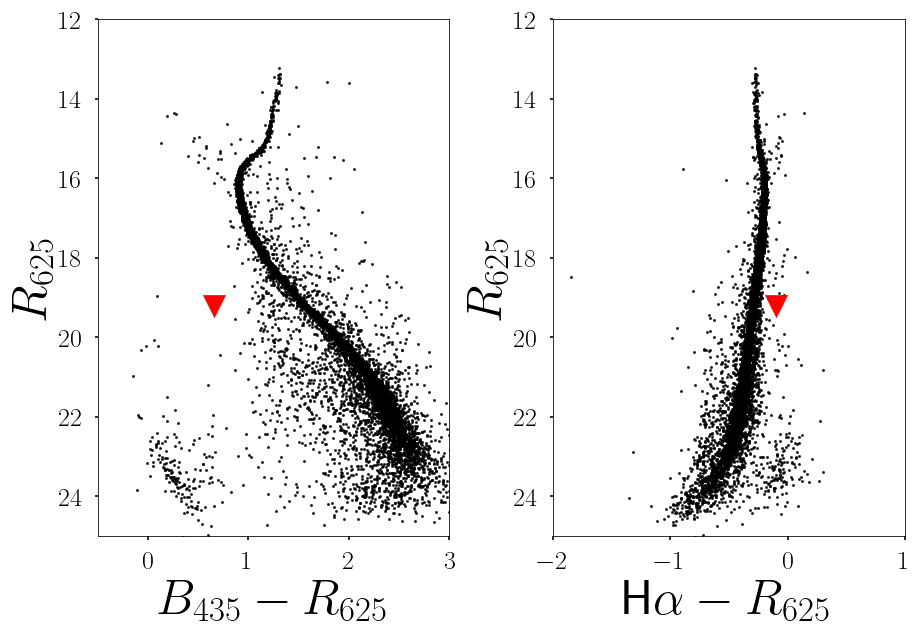
Pichardo Marcano et al. (2023)
HACKS CMD
Data: Libralato et al. (2022)
He WD Candidate
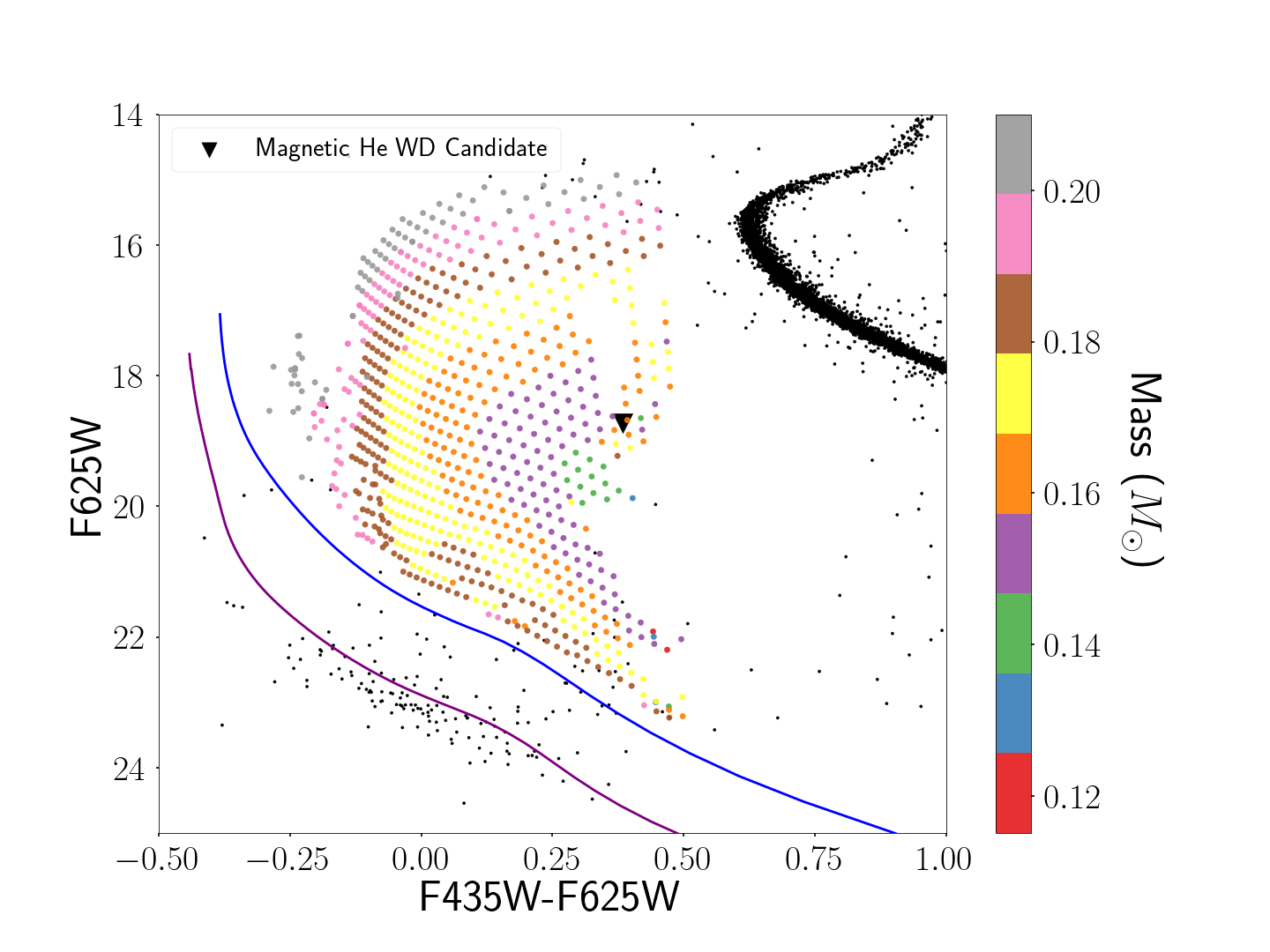
Tracks from Althaus et al. (2009)
0.16 M☉
0.22 M⊙
0.52 M⊙

-
18.4 hours


He WD Candidate
He WD Candidate
Pichardo Marcano et al. (2023)
MUSE spectrum
Data from Husser et al. (2016), Kamman et al. (2016)
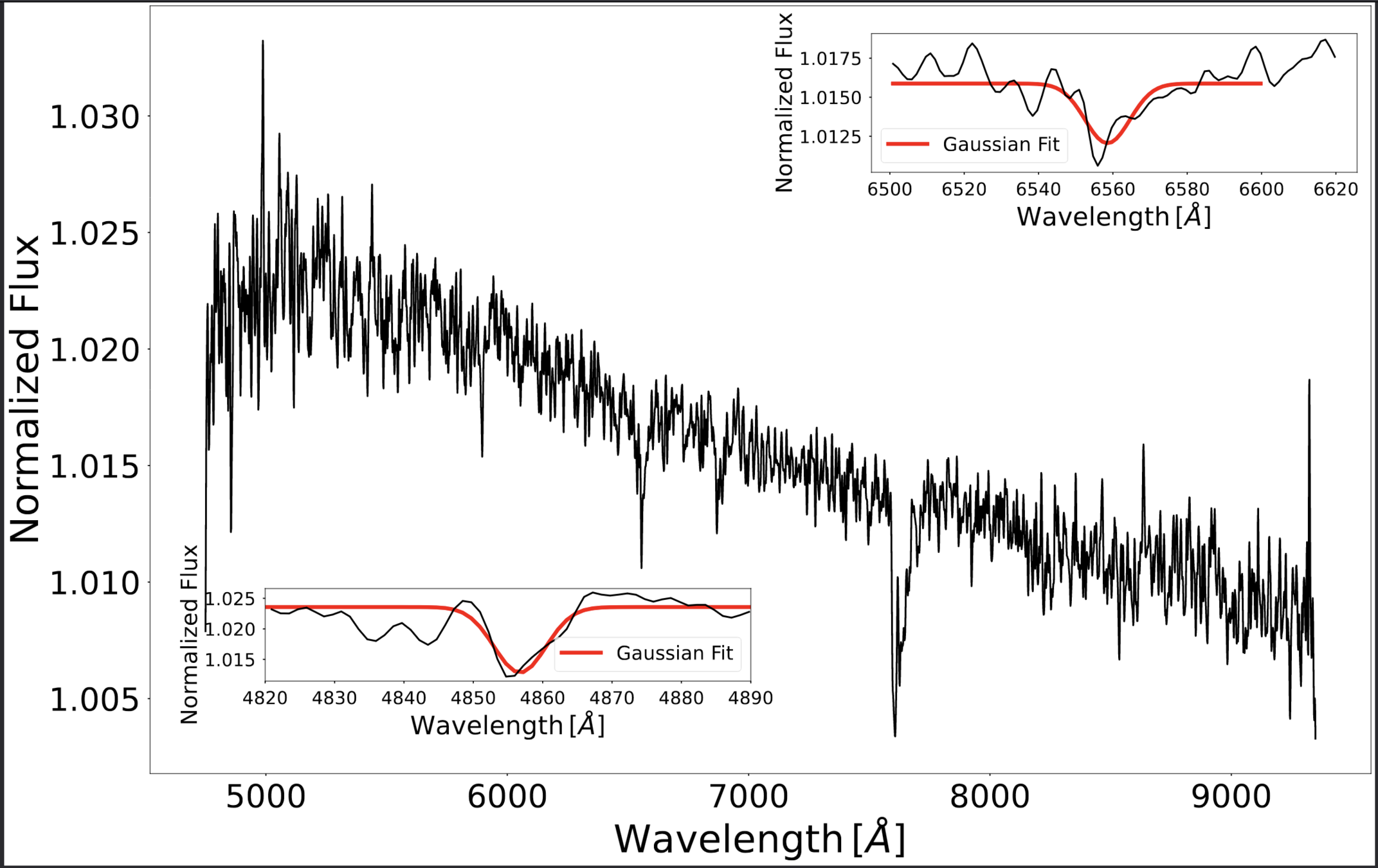
Magnetic He WD Candidate
- Binary: Vrad > 150 km/s (MUSE)
- Not Detected in X-rays
- Lx < 1028 ergs/s
- Not an Roche-lobe filling stripped star
- M~ 2 x 10-4 ☉

-
18.4 hours
Rotational Period
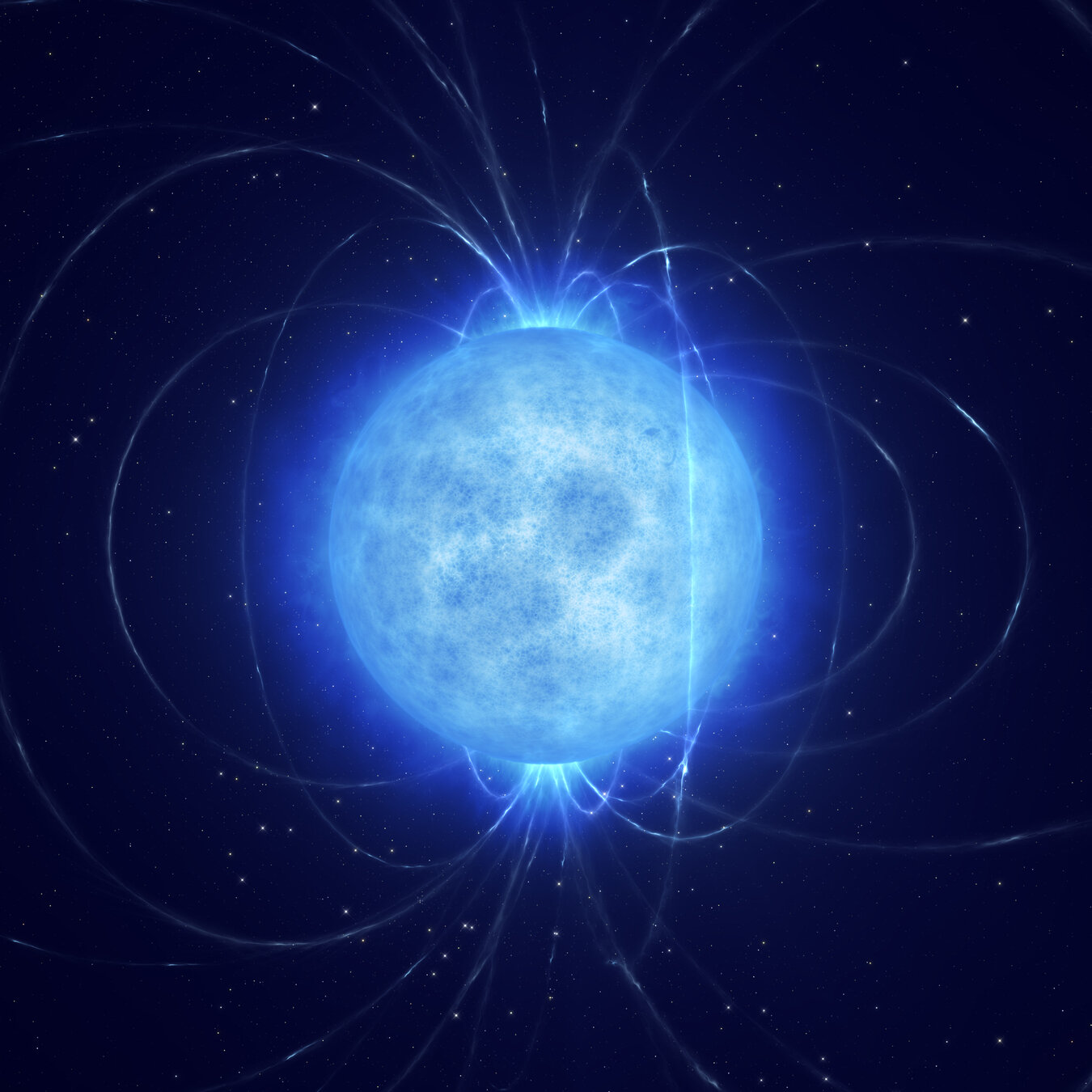
ESO/L. Calçada
Variable WD Candidate
Pichardo Marcano et al. (in prep.)
HUGS CMD
Data: Piotto et al.(2015)/ Nardiello et al. (2018)

Variable WD Candidate
Pichardo Marcano et al. (in prep.)
HUGS CMD
Data: Piotto et al.(2015)/ Nardiello et al. (2018)
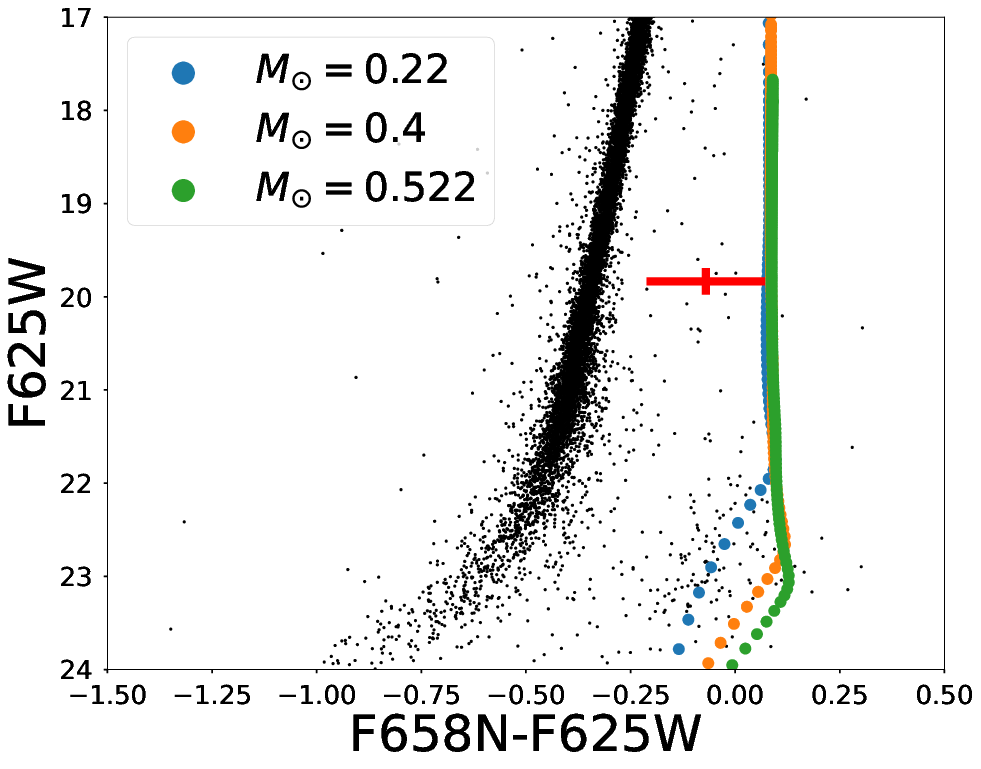
-
5.3 hours
Variable and No Hα Excess
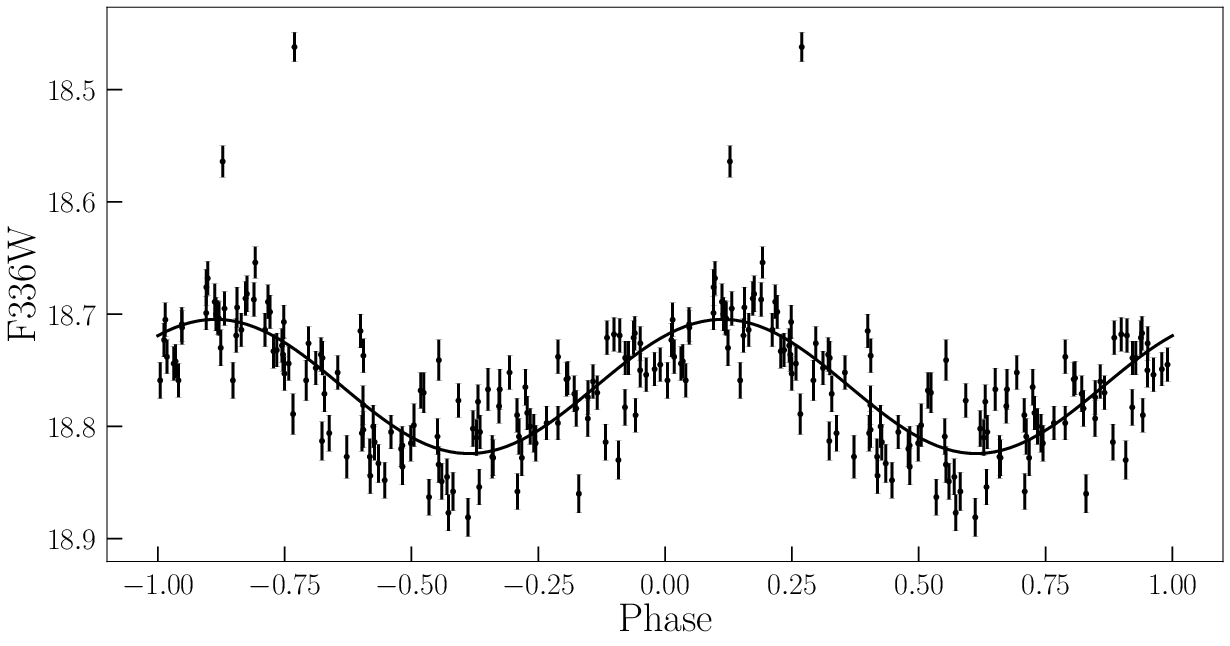
- Not Detected in X-rays
- 0.2 Δmag in F336W
- No Hα in Excess
- Periodicity
5.3 hours

Light Curves of Known CV Candidates
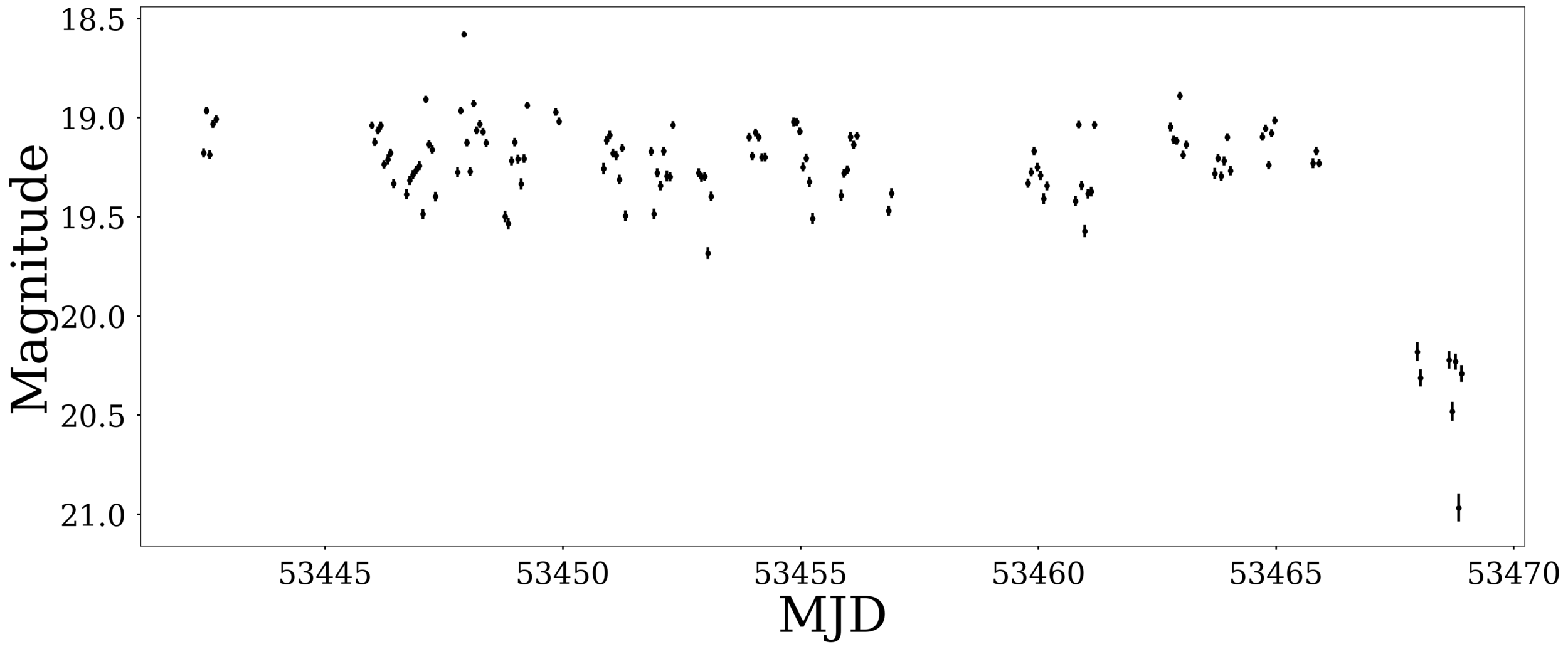
High and Low state?
Nova-like Candidate
Pichardo Marcano et. al (in prep)
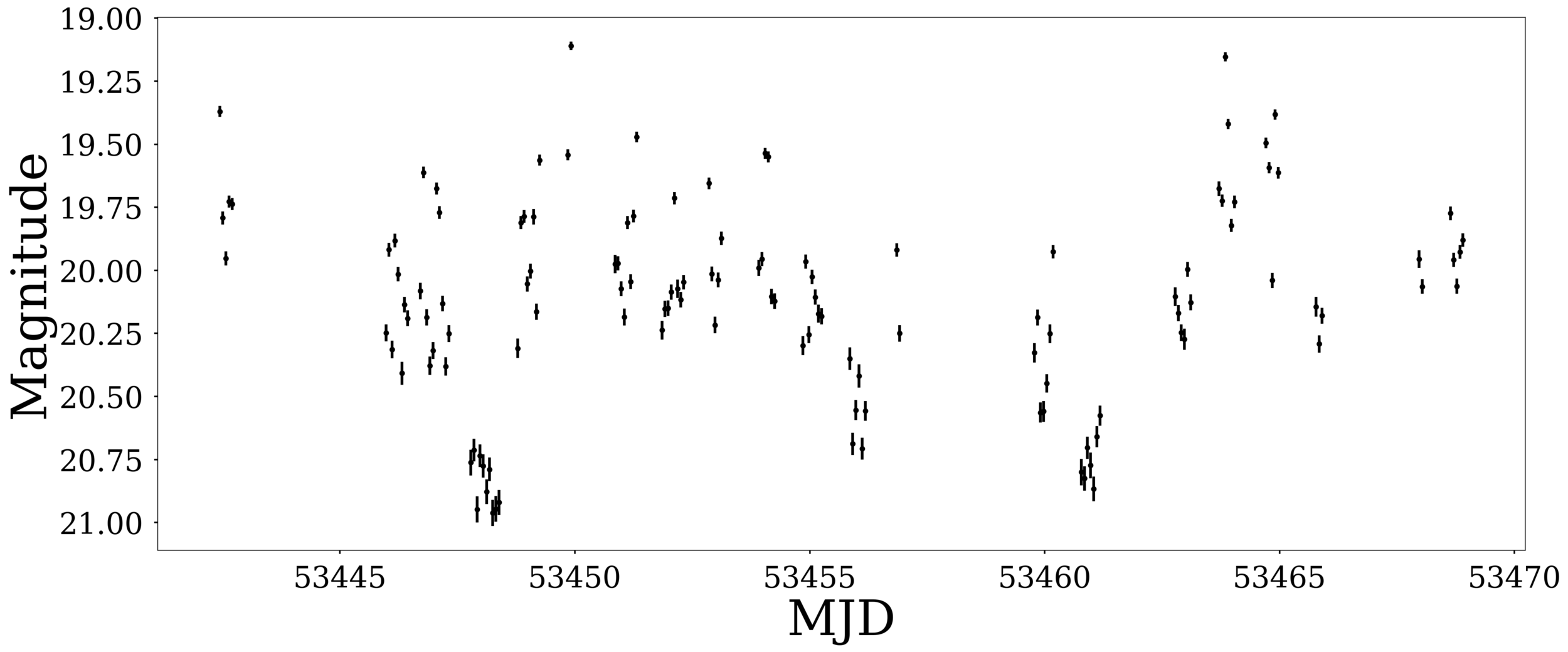
U19
U21
Nova-like Candidate
Ṁ changes?
NGC 6397

- Pipeline to find interesting objects:
- CMD Position and Periodicity/Variability Searches
- We were able to recover all known CV Candidates
- Found Orbital Period Redback Pulsar
- First Magnetic He Core WD in GCs
- Second Magnetic WD?
- Many more variables to analyze...
Where are all the CVs?

Extra
He WDs in NGC 6397
Strickler et al. (2009)
- Binary Evolution:
- Mass-transfer episodes
- Many in Binary systems
- Extremely low-mass WDs:
- He WD
- M < ∼ 0.3 M☉
- 24 Candidates in NGC 6397
0.175 M⊙
0.45 M⊙
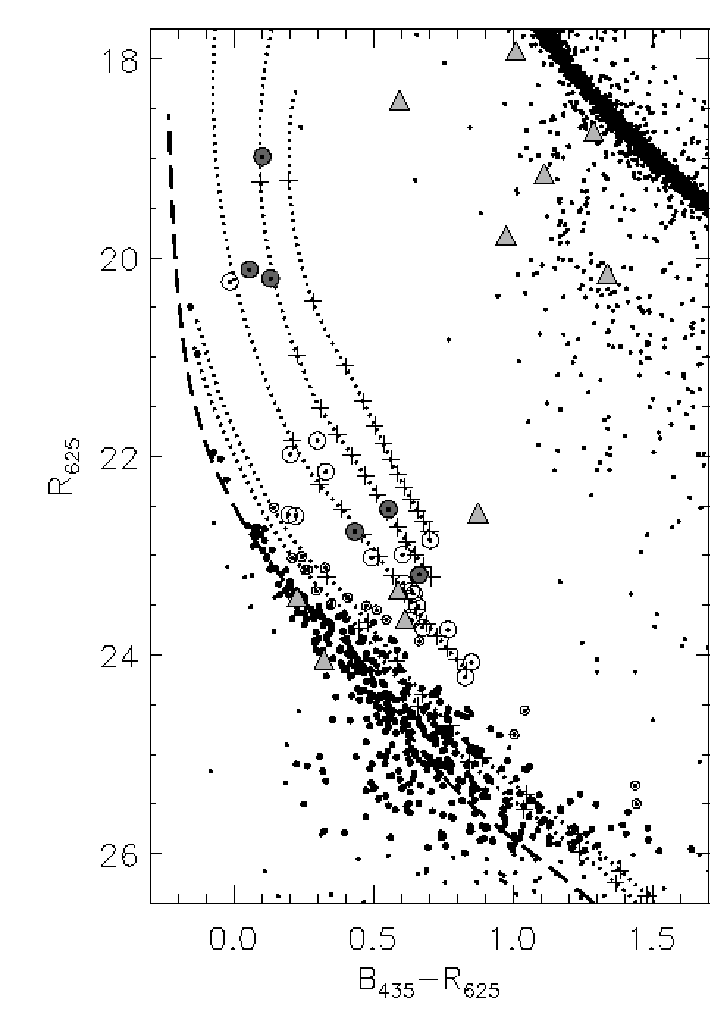
Location, Location, Location
CVs in Globular Clusters


47 Tuc
NGC 6752
NASA, ESA, H. Richer and J. Heyl (University of British Columbia), and J. Anderson and J. Kalirai (STScI)
ESA/Hubble, NASA
- Most Lx < 1029 ergs/s
- ~100 L☉ of the Sun
- > 90% are period bouncers
- Old systems
- Dearth of dwarf novae:
- Low Accretors -> Rare Outburts
- Population beyond half-light radius
Simulation results
Belloni et al. (2016, 2017a, 2017b)
Simulation results
Predicted "Hidden" CV Population
Variability Search in GCs
The results of our extensive survey provide new evidence ... that ordinary DNe are indeed very rare in GCs.
Pietrukowicz et. al (2008)
Hourihane et. al (2011)



- Only 17 confirmed DNe
- 7 GCs



Modiano et. al (2020)
Variability Search in GCs
[...] this would suggest MCVs are somehow enhanced in globular cluster cores, providing yet more evidence that stellar evolution in globulars is affected by close encounters.
Grindlay (1999)
Hourihane et. al (2011)



- DNe is suppressed due to truncation of the accretion disk.



Modiano et. al (2020)
Evolution of the CV
- Magnetic Braking
- Porb > 3 hr
- Period Gap
- Fully convective donor
- Gravitational Wave Rad
- Porb < 2 hr
- Period Minimum
- Brown dwarf
- Period Bouncers
- Increase Porb

Knigge (2006)
Cataclysmic Variables
- Magnetic CVs:
- High B Field (Polars)
- Weaker B Field (IPs)
- Non-Magnetic:
- Accretion disk
- DN Outburst
- Accretion disk



Intermediate Polar (IPs)
Polars
"Disk" CVs
M 92
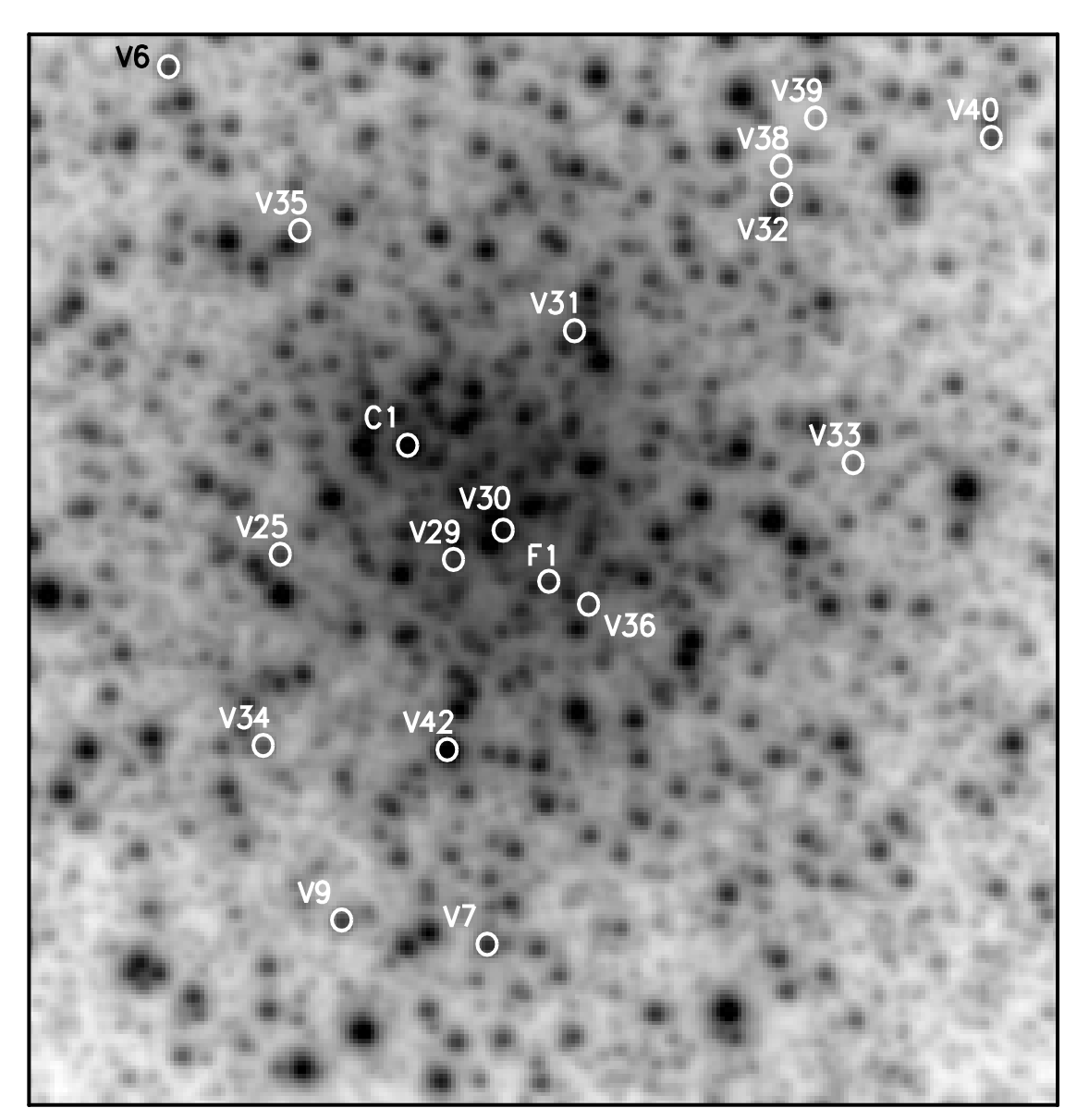
HST vs Ground-based
Yepez et al. (2020)
Ground-based Data
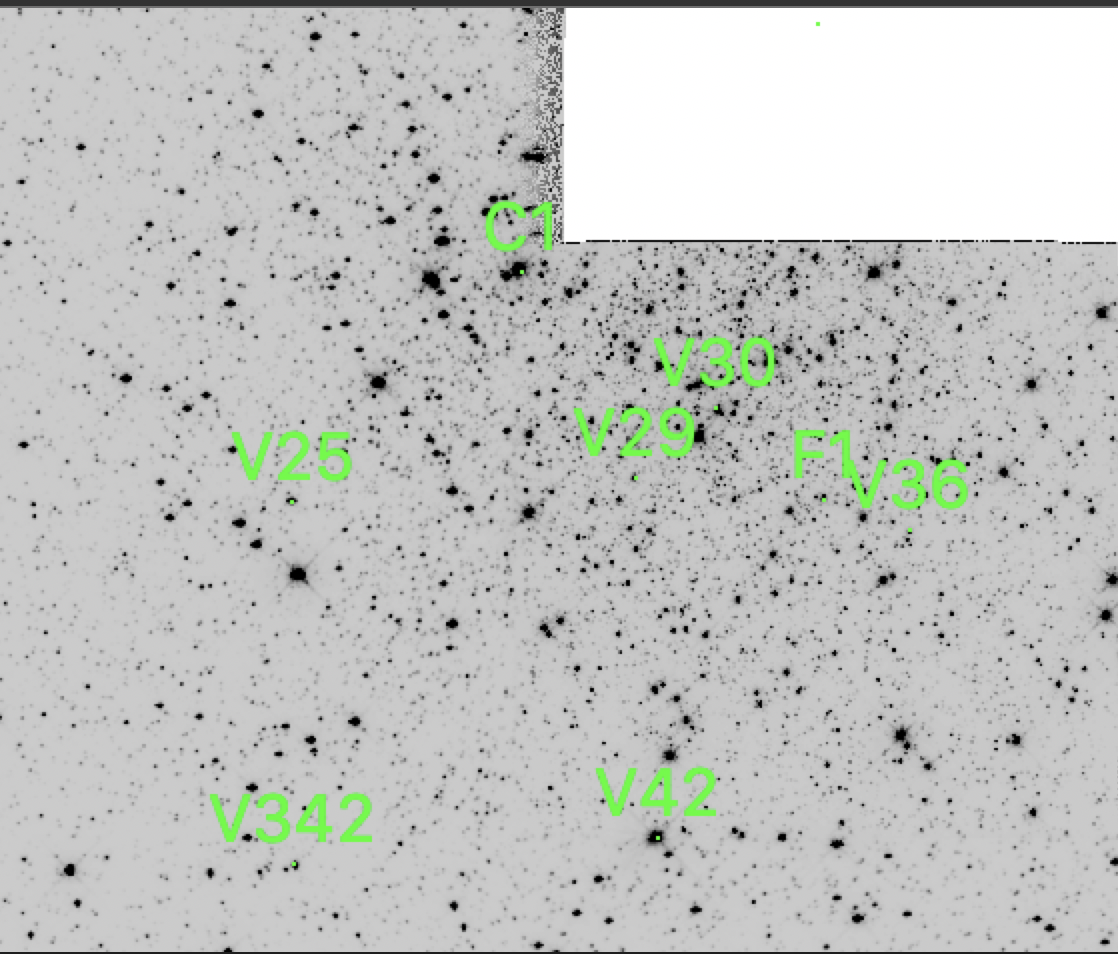
HST Data
Preliminary Results
M 92
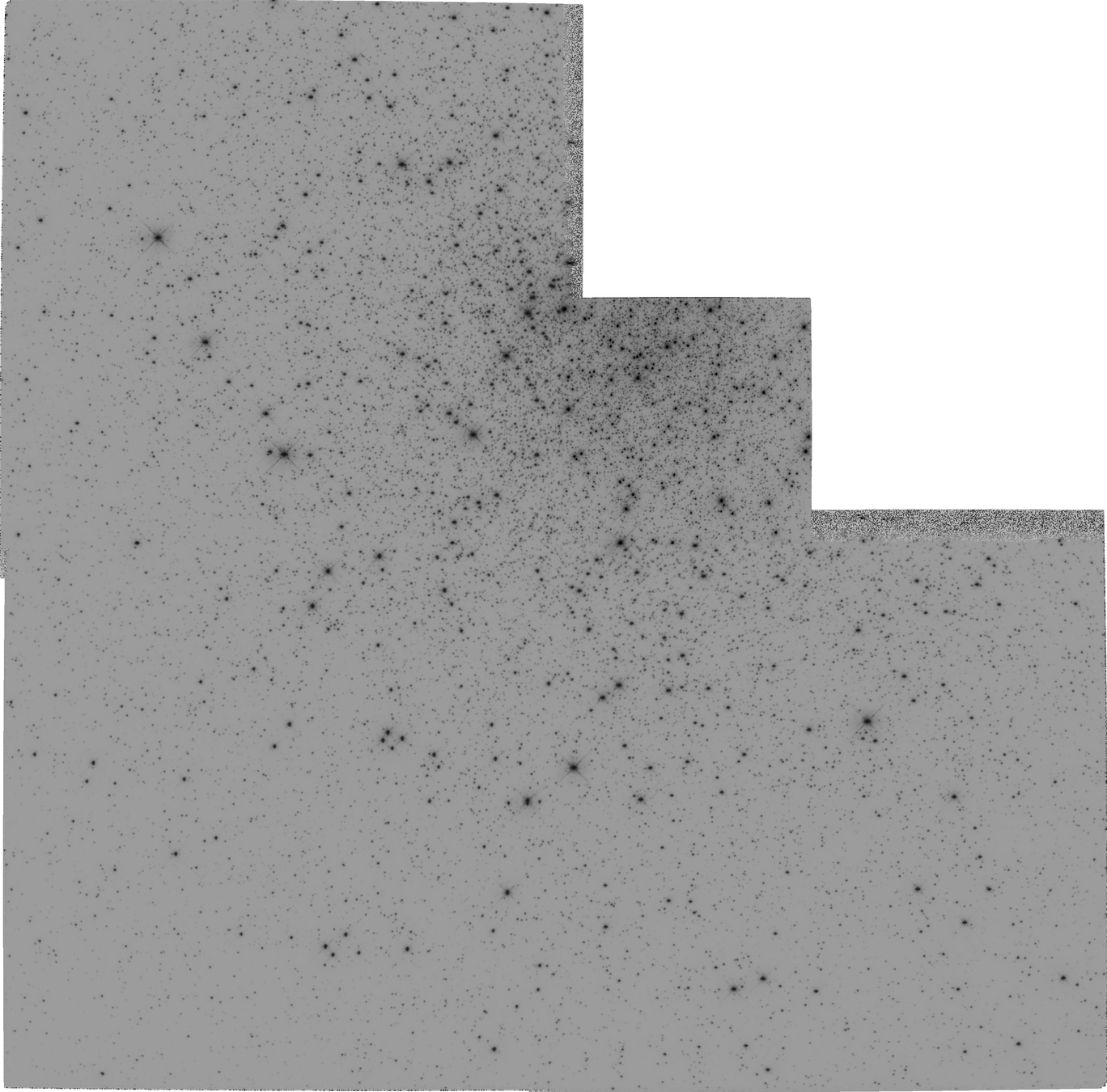
- WFPC-2
- 2008-01-25 to 2008-01-30:
- 76 Exposures
- F555W
- Exp time: 10 s
Magnetic He WD Candidate

Pichardo Marcano et al. (2023)
-
18.4 hours
-
0.16 M☉
- 0.24 R☉
- 0.11 Gyr
- Teff 7586 K
- log g = 4.9
New Variables in the Core
SX Phe
- Good Distance indicator:
- Strong P-L relation
- Less common than RR Lyrae
-
Blue Straggler
- Product of Binary evolution
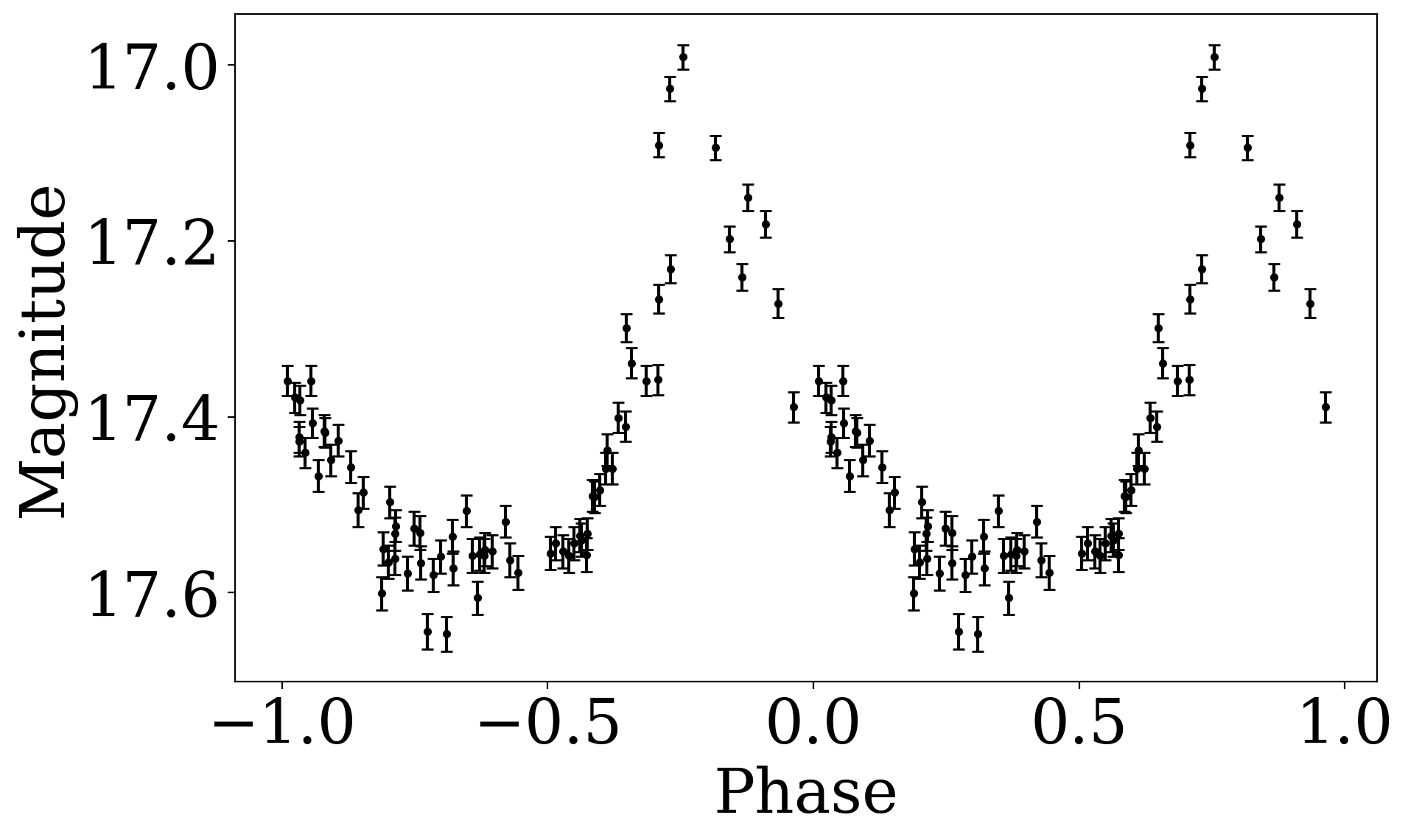
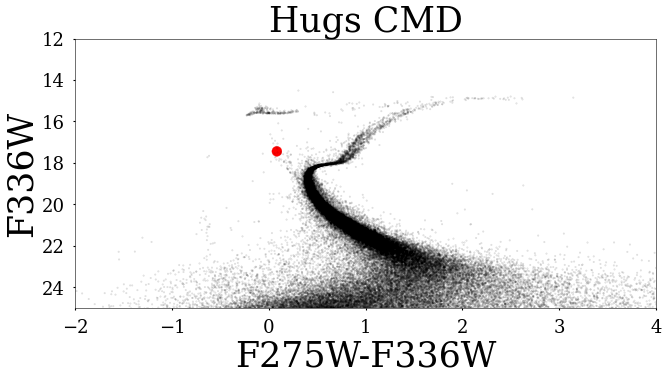
P = 1.38 hr
Pichardo Marcano et. al (in prep)

M 92
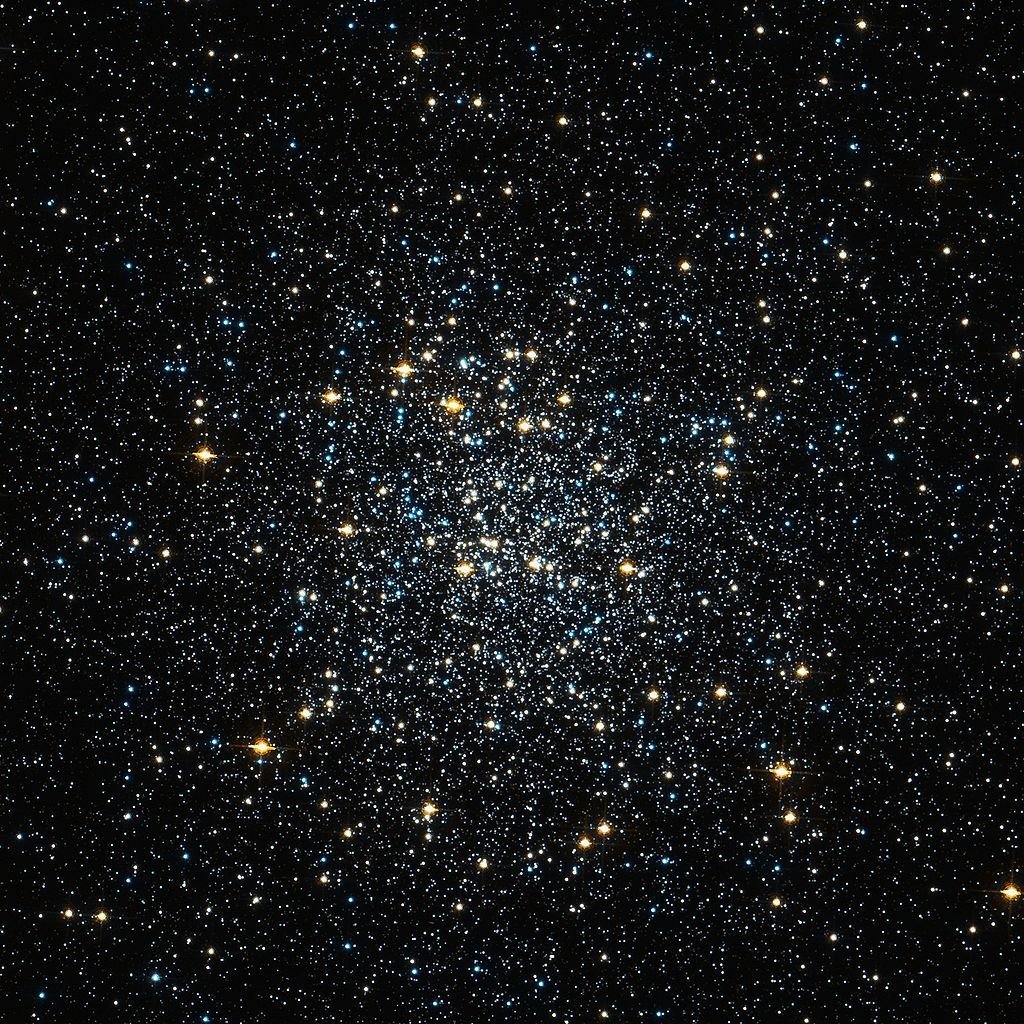
- New variables in the core:
- SX Phe, RR Lyrae, AB, ....
- Search for Optical Counterparts of X-ray sources:
- 1 Pulsar, 4-5 CVs
- Many more variables to analyze...

M 92

- New variables in the core:
- SX Phe, RR Lyrae, AB, ....
- Search for Optical Counterparts of X-ray sources:
- 1 Pulsar, 4-5 CVs
- Many more variables to analyze...

Also interested in:
- TESS:
- Transients
- Crowding
- Symbiotics
- Halo vs Thick Disk:
- Halo CVs
- Halo AM CVns?
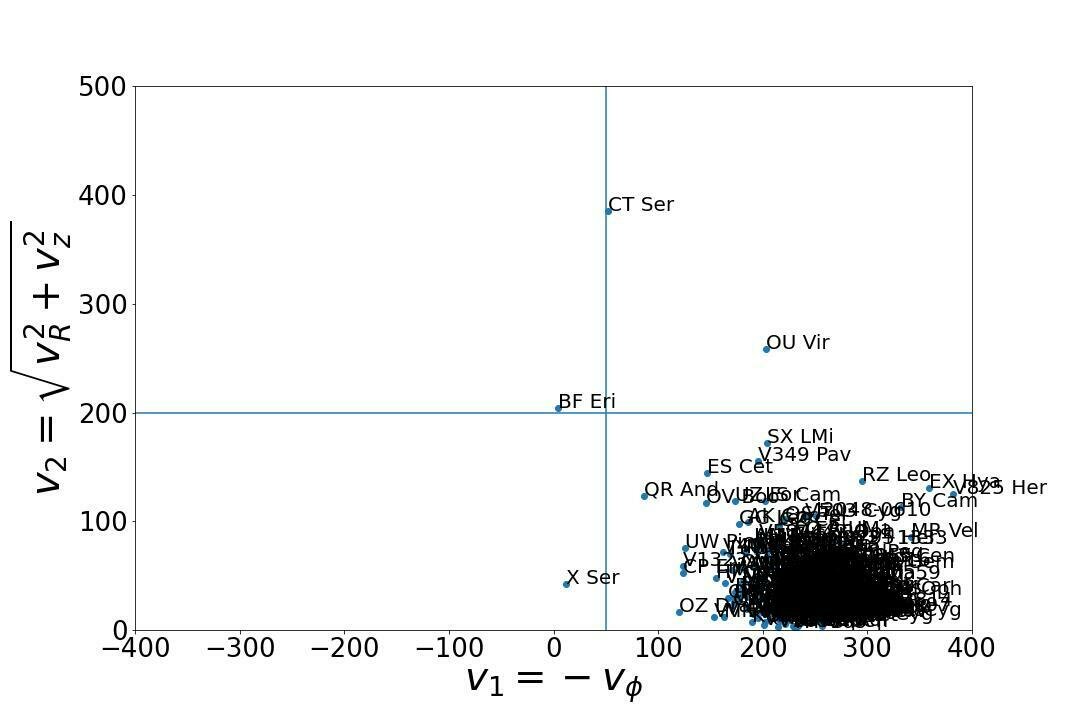
Data from Peters (2008)
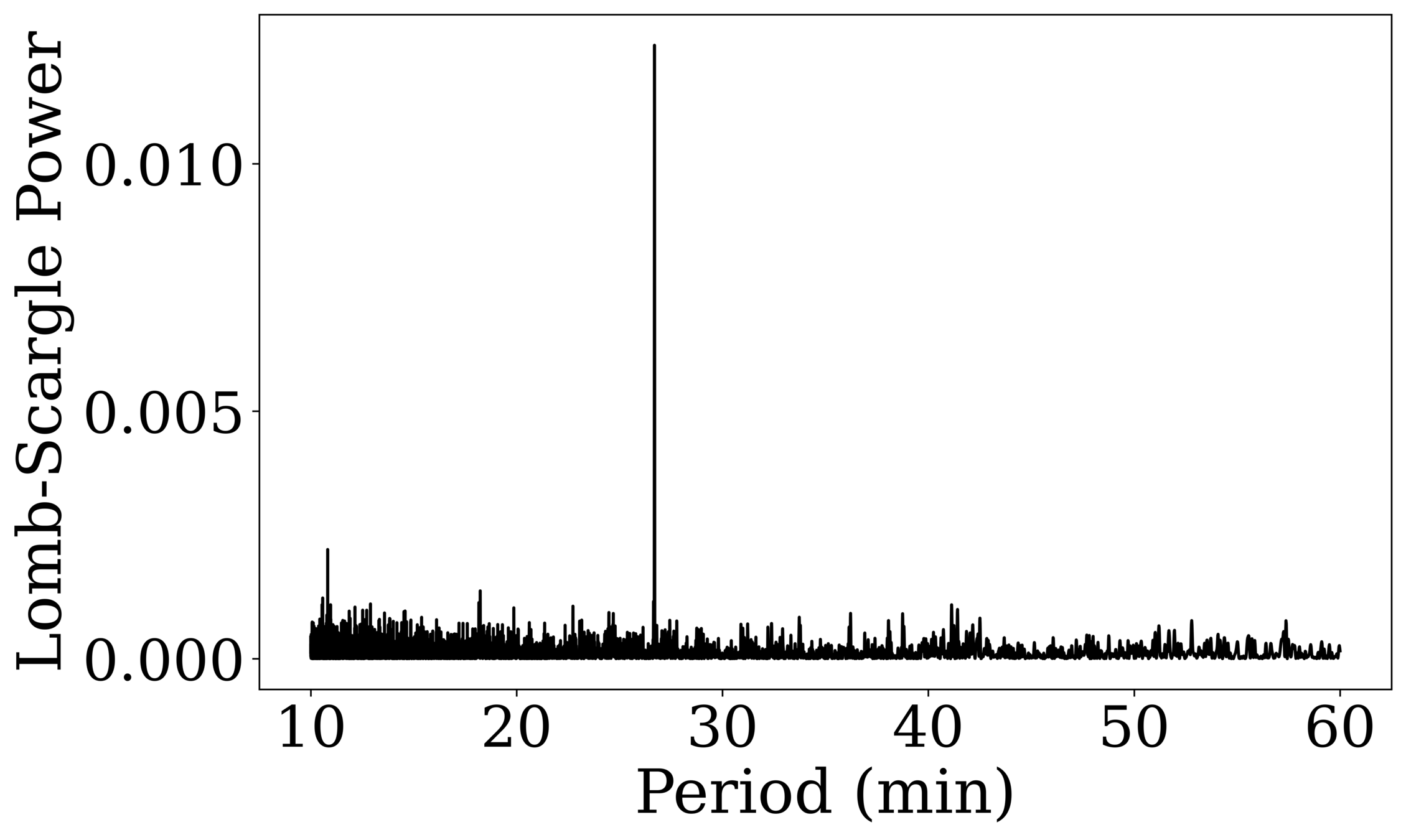
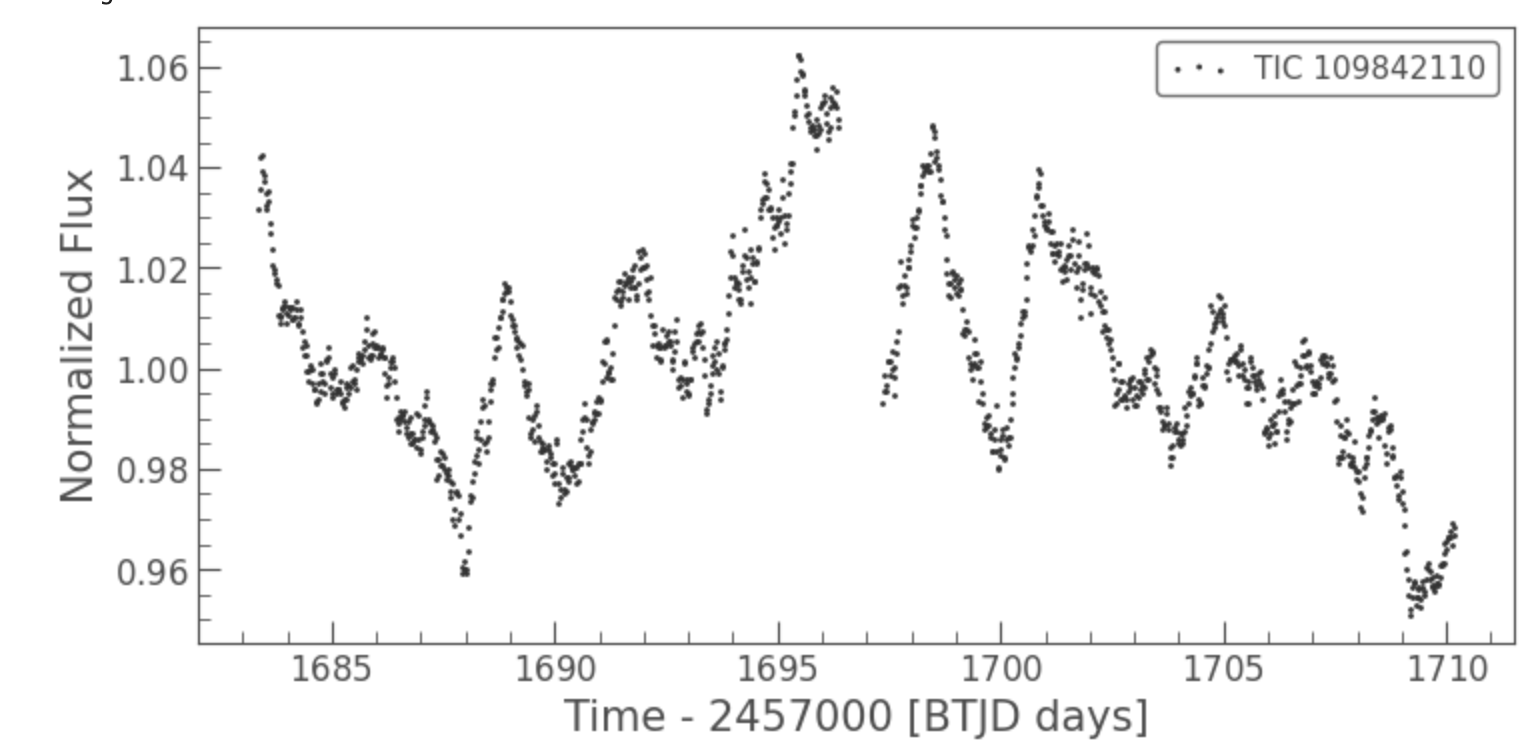
Color-Magnitude Diagram

Lugger et. al (2017)
-
CMDs:
- Identify blue objects
- Hα excess
-
Variability:
- Flickering
- Ellipsoidal Modulations
- Outbursts
Hα Excess
NGC 6752
Hα deficiency
Bright CVs
Faint CVs
Color-Magnitude Diagram

47 Tuc
L.E. Rivera Sandoval et al. (2018)
-
CMDs:
- Identify blue objects
- Hα excess
-
Variability:
- Flickering
- Ellipsoidal Modulations
- Outbursts
What do we know from theory and simulations?
A new candidate Redback Pulsar



Pichardo Marcano et. al (2021a)
X-ray
HST F336W
Radio
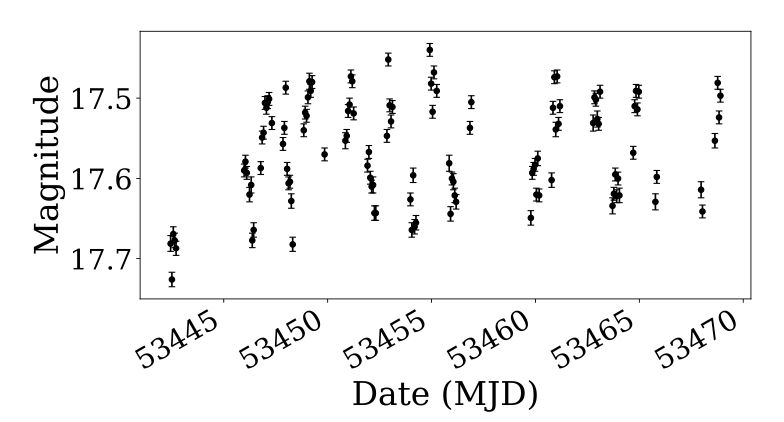
Zhao et al. (2020), including Pichardo Marcano

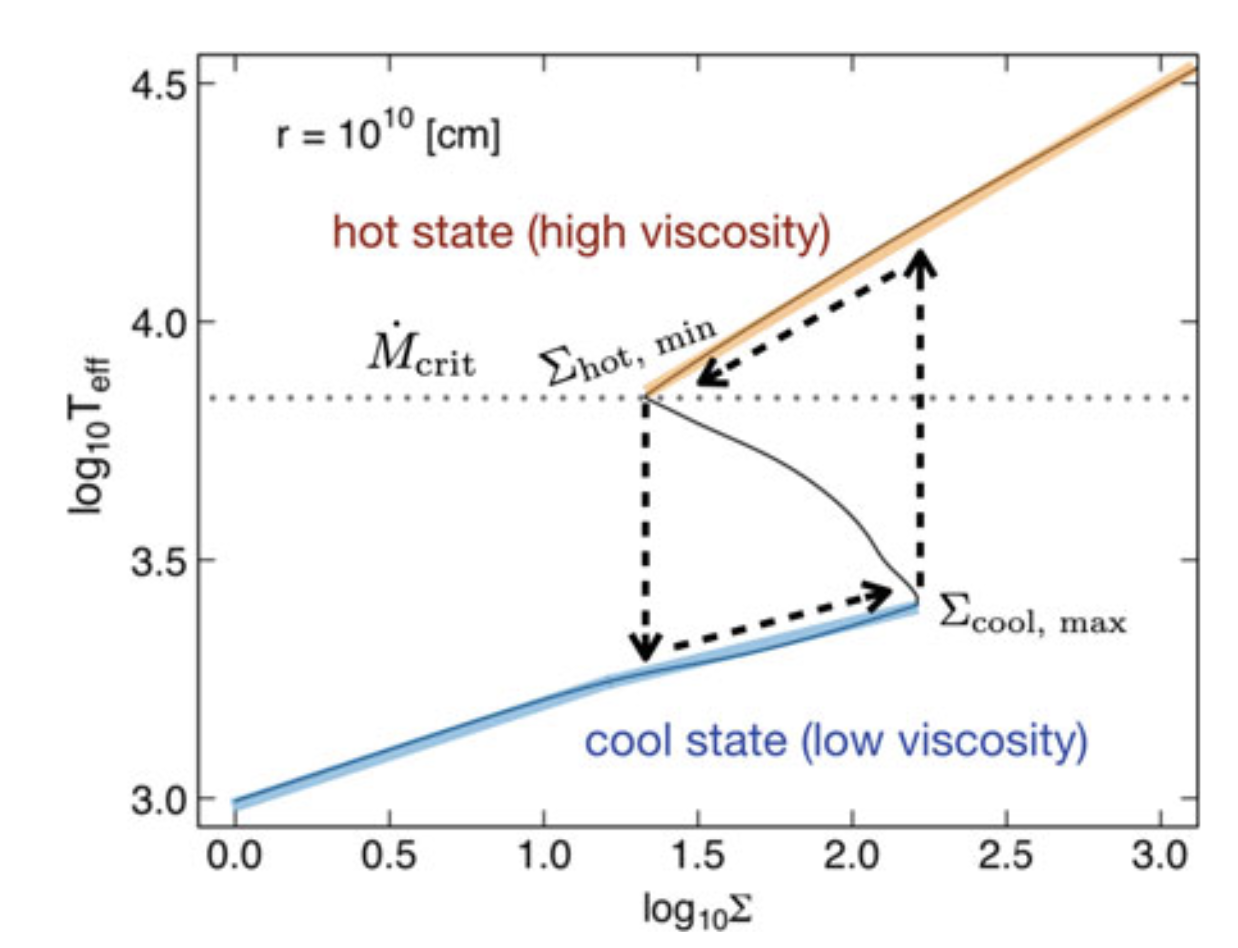

Mass-transfer rates vs orbital period


Caltech
-
White dwarf + White dwarf
-
White dwarf + He Star
-
Outbursting:
-
Porb 20 to ~ 60 minutes (?)
-
-
Superoutburts (SO) and "Normal" outbursts (NO)
-
SO: Superhumps (periodic brightness variation )
-
Outbursting Systems
Outbursts

Pichardo Marcano et al. (2021)
-
Precursor
- TESS (Duffy et al. 2021)
- Echo Outbursts
- DIM with Enhanced Mass Transfer (e.g. Hameury & Lasota 2021)

TESS AM CVn Outbursts Survey
Pichardo Marcano et al. (2021)
ZTF
TESS
Long-term monitoring


Pichardo Marcano et al. (2021)
- Orbital Periods:
- 2-minute cadence
- Limits on Recurrence Time
- "Normal Outburts"
Superoutburst duration vs Porb


Pichardo Marcano et al. (2021)
TACOS Summary
-
Precursors and "Normal" Outbursts:
- Relatively Common
- Short Duration (missed by ground-based)
-
Echo Outbursts:
- Different morphology
- Enhanced Mass Transfer
- Superoutburst durations overestimated
- Two new candidate orbital periods
- Color Evolution
- HST Archive
- 7 Globular Clusters
- Many Exposures
- Different properties
- Metallicity
- Core-collapsed
- Non core-collapsed

SCOVaS: Survey for Compact Objects and Variables
SCOVaS: Survey for Studying Compact Objects and Variables
- Focus: Cataclysmic Variables (CVs) with HST
- First Survey for CVs in GCs Unbiased in the X-ray
- X-ray faint CVs
- Orbital Periods
- Spatial Distribution:
- Looking at the dense Core of Clusters
- Next: Search in the Outskirts
- Optical Counterpart X-ray/Radio Sources in GCs
Preliminary Results
NGC 6397

- WFPC-2
- March-April 2005:
- 126 orbits
- F814W, F606W and F336W
- Exp time: 500-700 s
Preliminary Results
NGC 6397
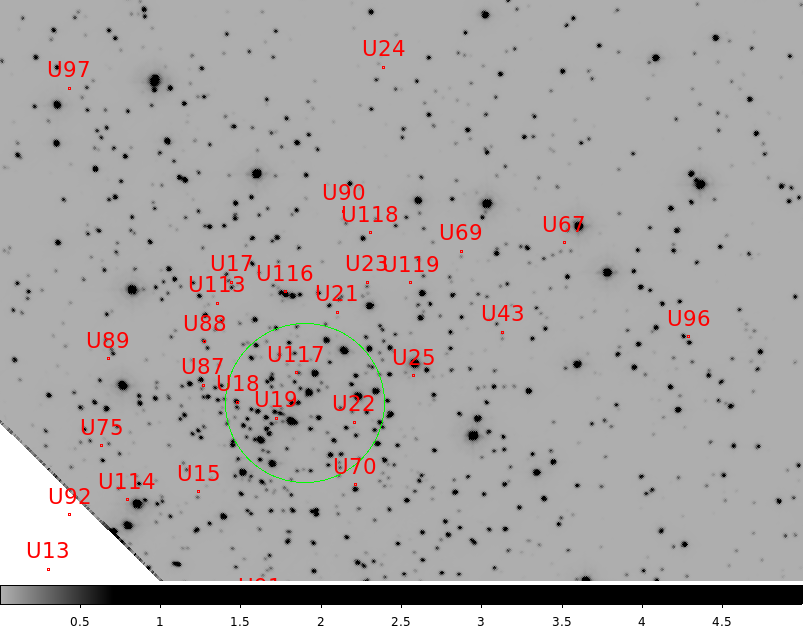
- WFPC-2
- March-April 2005:
- 126 orbits
- F814W, F606W and F336W
- Exp time: 500-700 s
A new candidate Redback Pulsar
HUGS catalogue. (Piotto et al. 2015, Nardiello et al. 2018)



Pichardo Marcano et al. (2021a)

X-ray
HST F336W
Radio
Zhao et al.(2020)
Zhao et al. , including Pichardo Marcano (2020)
A new candidate Redback MSP

Pichardo Marcano et. al (2021a)
- Porb 1.96 days
- Longest Porb for Redback in GCs
- Missed MSP in Pulsar Searchers
Blue Variables

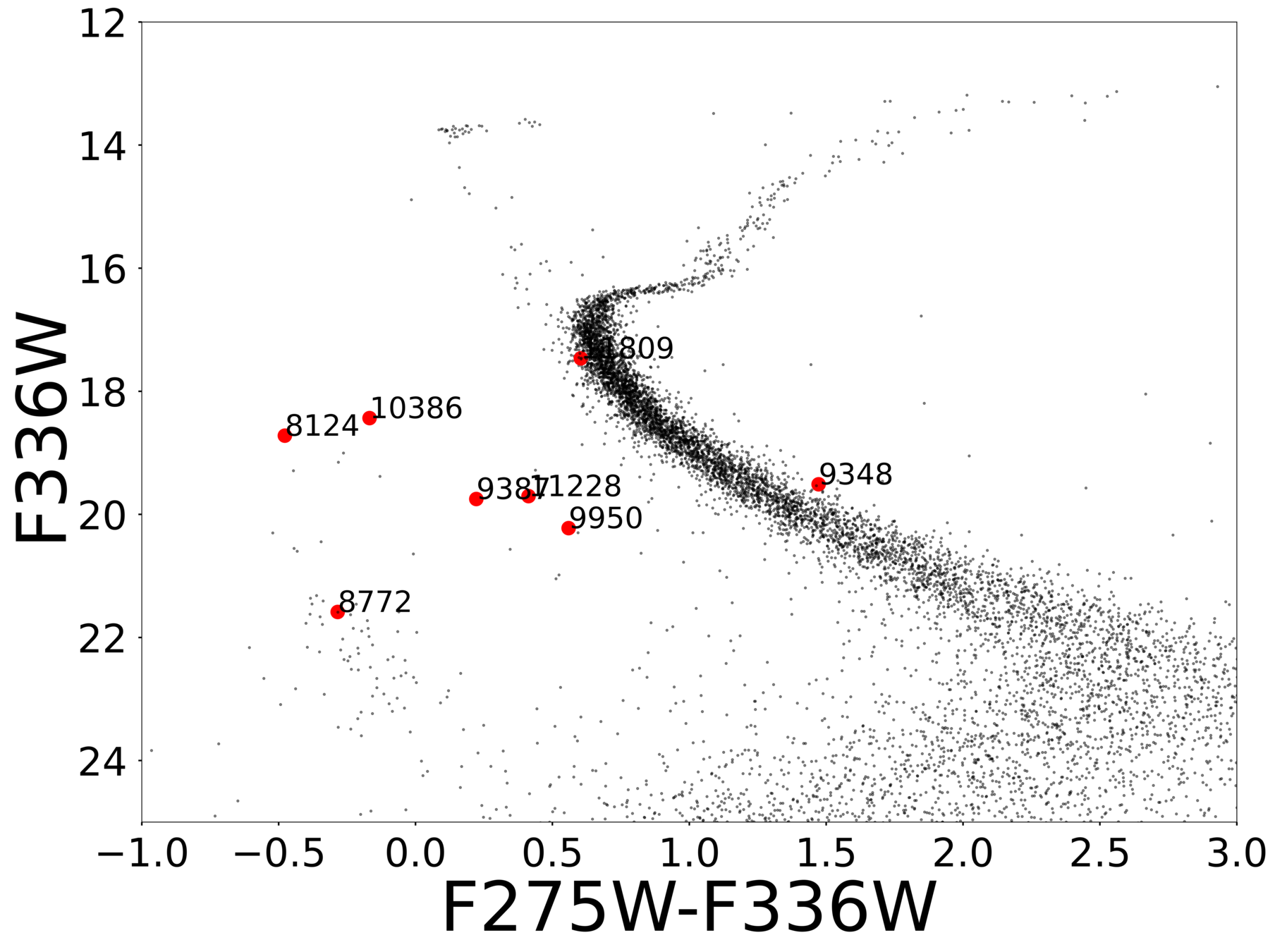
He WD Candidate
Pichardo Marcano et al. (2023)
MUSE spectrum
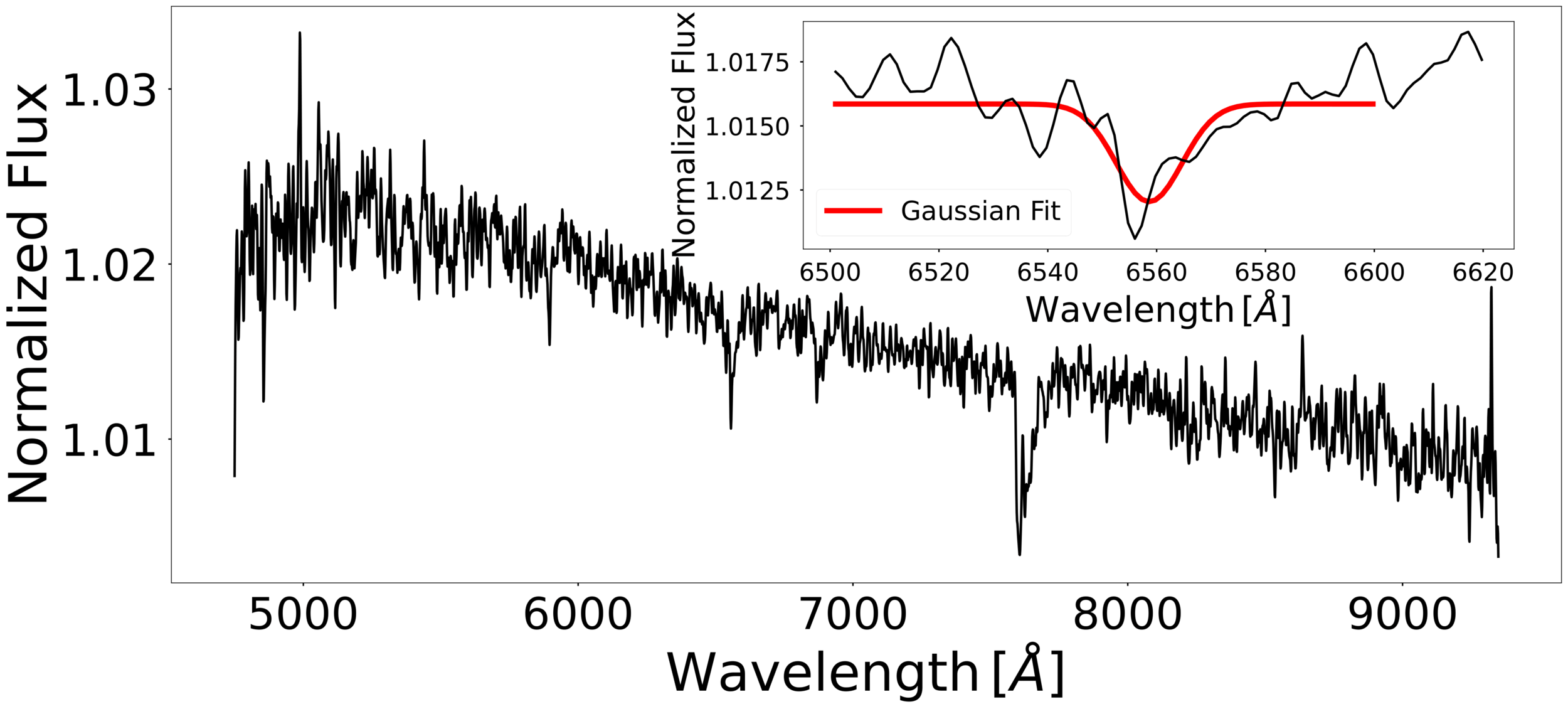
Data from Husser et al. (2016), Kamman et al. (2016)
Light Curves of Known CV Candidates
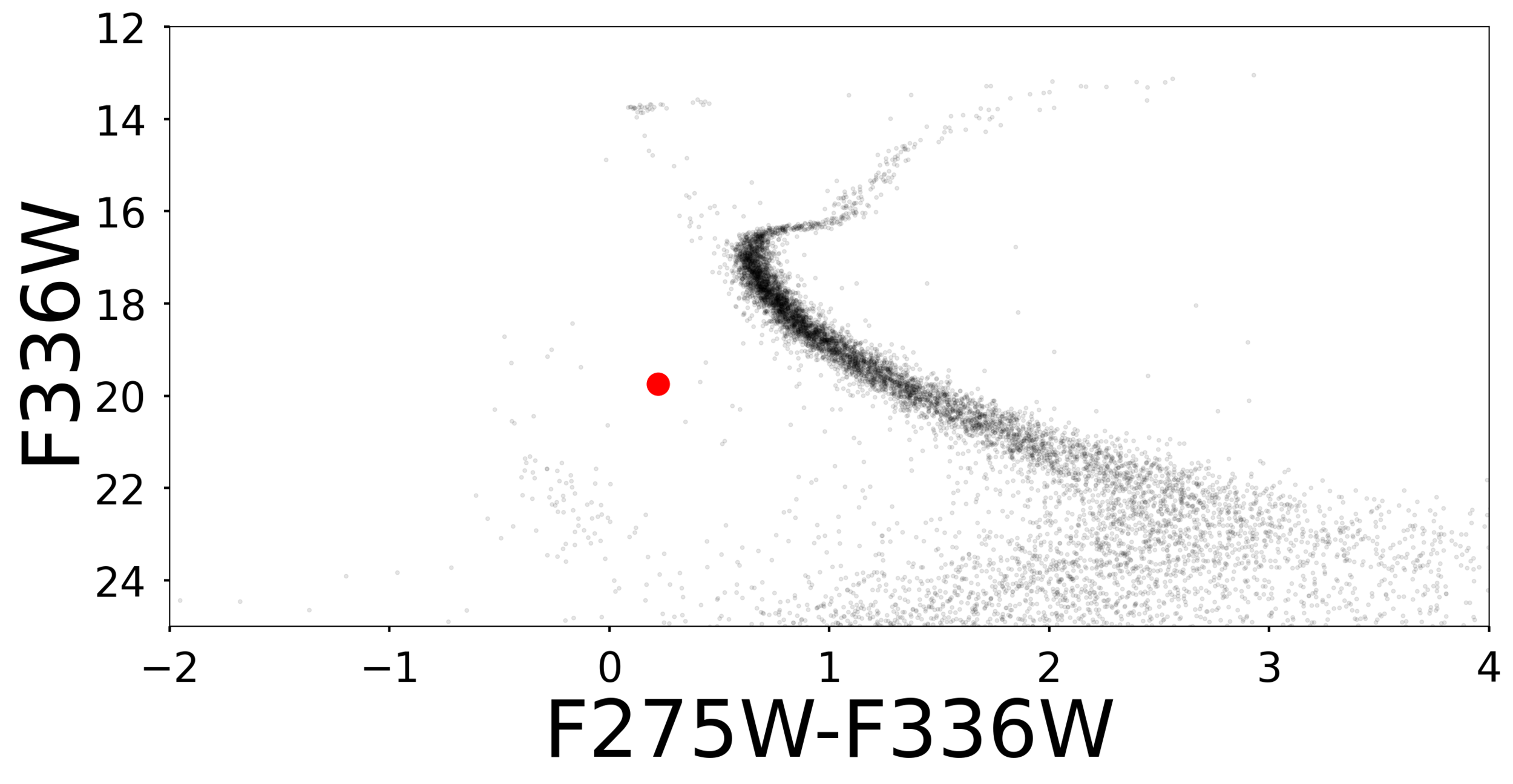
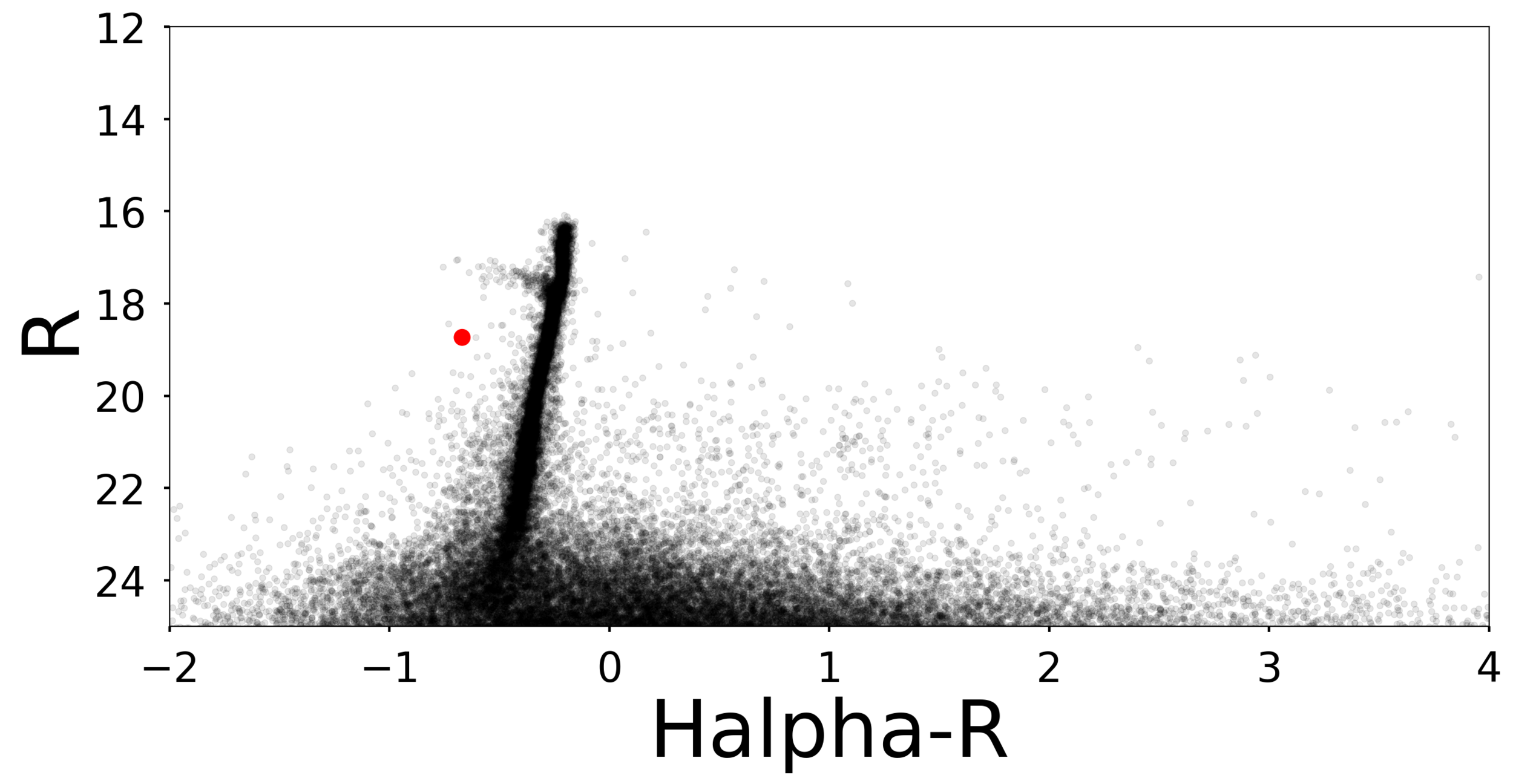

High and Low state?
Novalike?
Pichardo Marcano et. al (in prep)
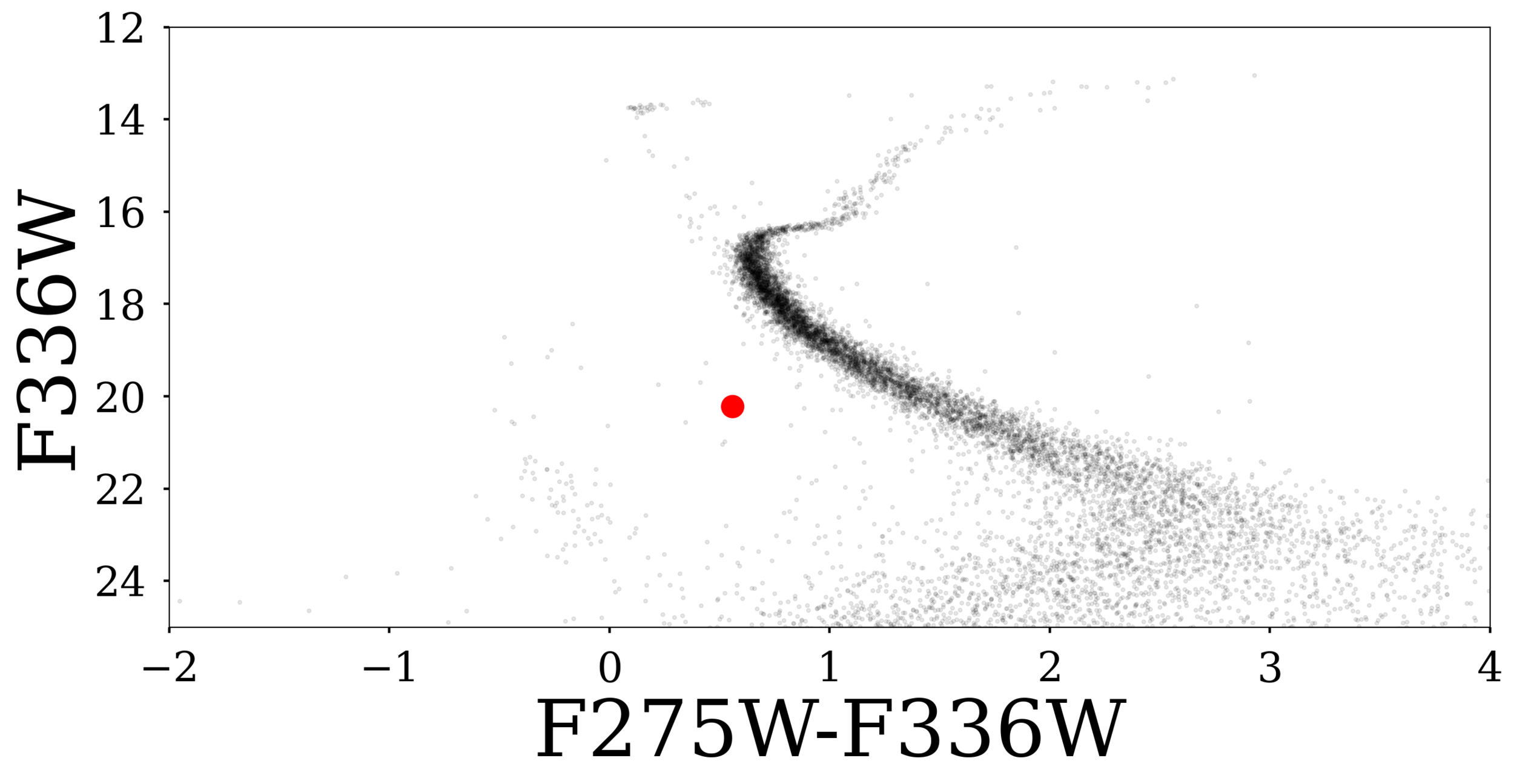
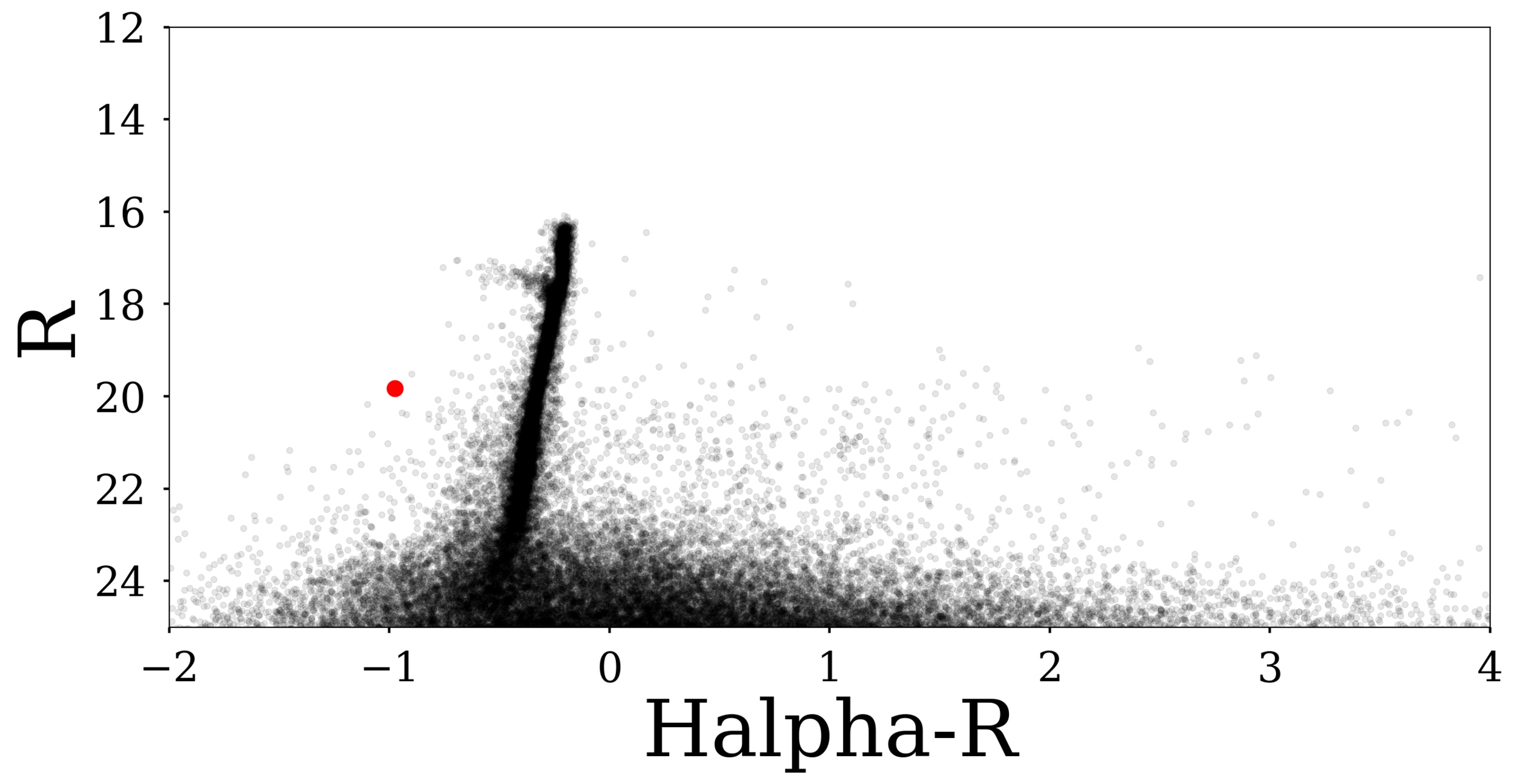

Ṁ changes?
Pichardo Marcano et. al (in prep)
Light Curves of Known CV Candidates
Magnetic He WD Candidate
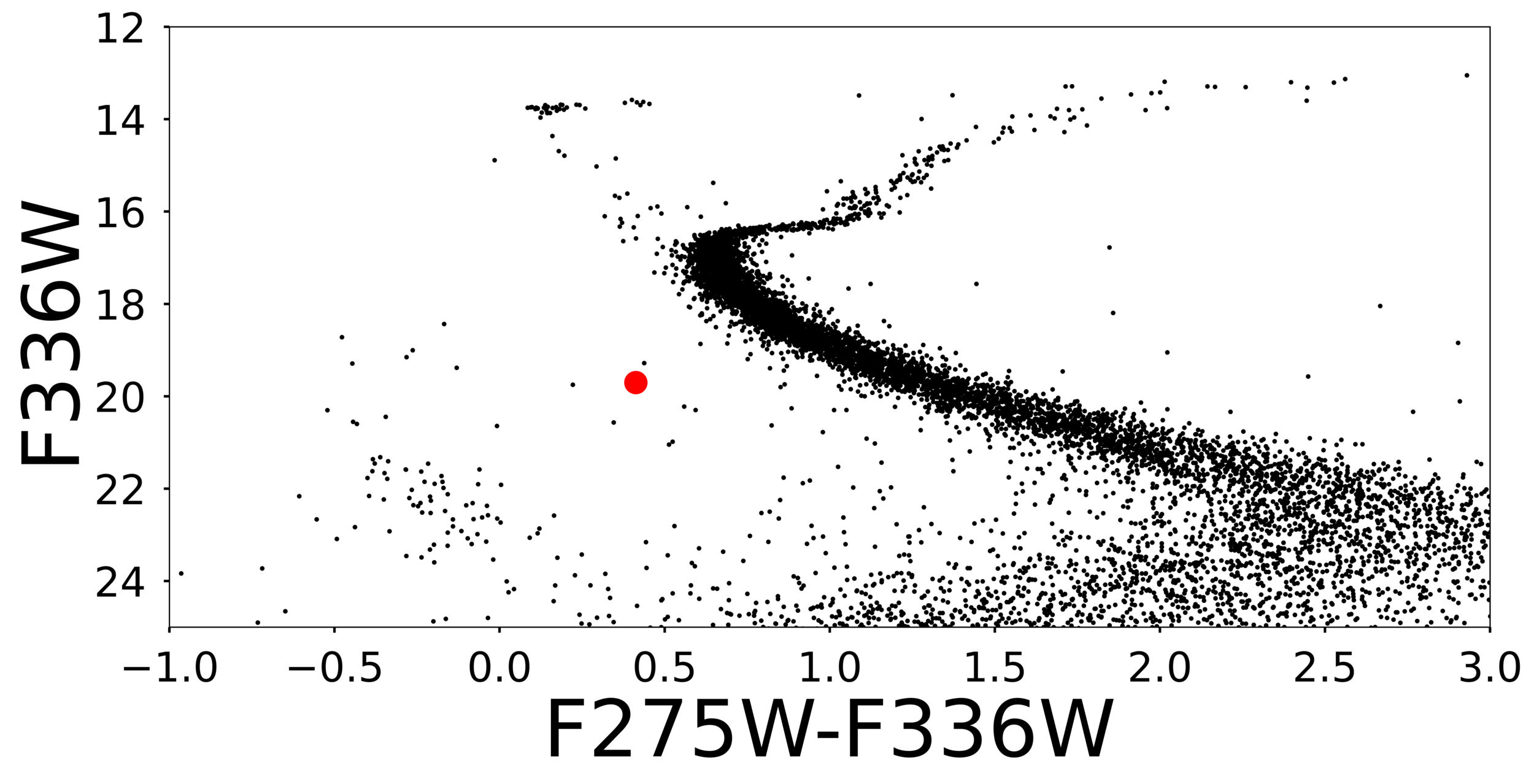
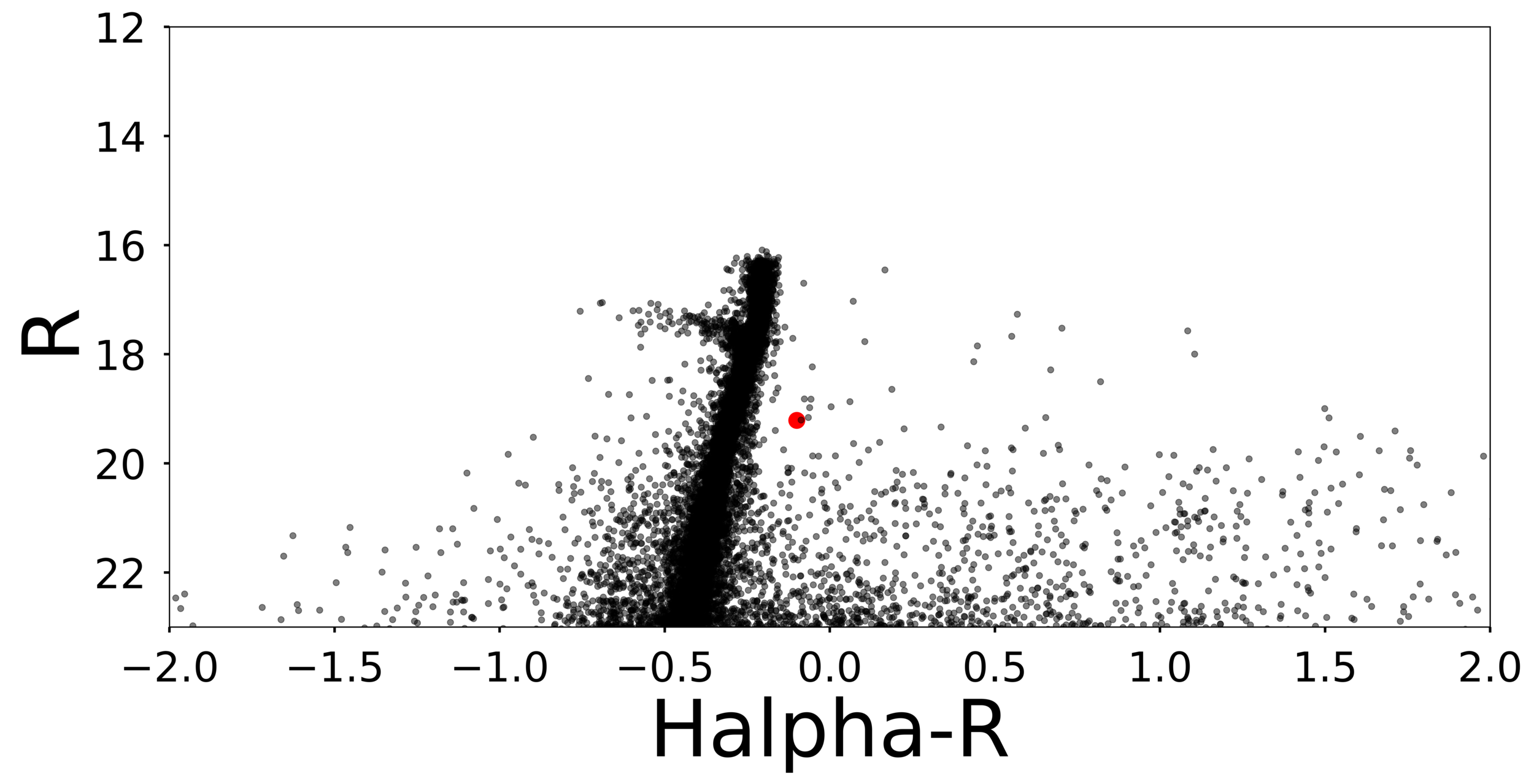
Pichardo Marcano et. al (in prep)
Magnetic He WD
- Vrad > 100 km/s (MUSE)
- Not Detected in X-rays
- Rotation Period
-
18.4 hours
-
Pichardo Marcano et. al (in prep)

Detached White Dwarf-Red Dwarf
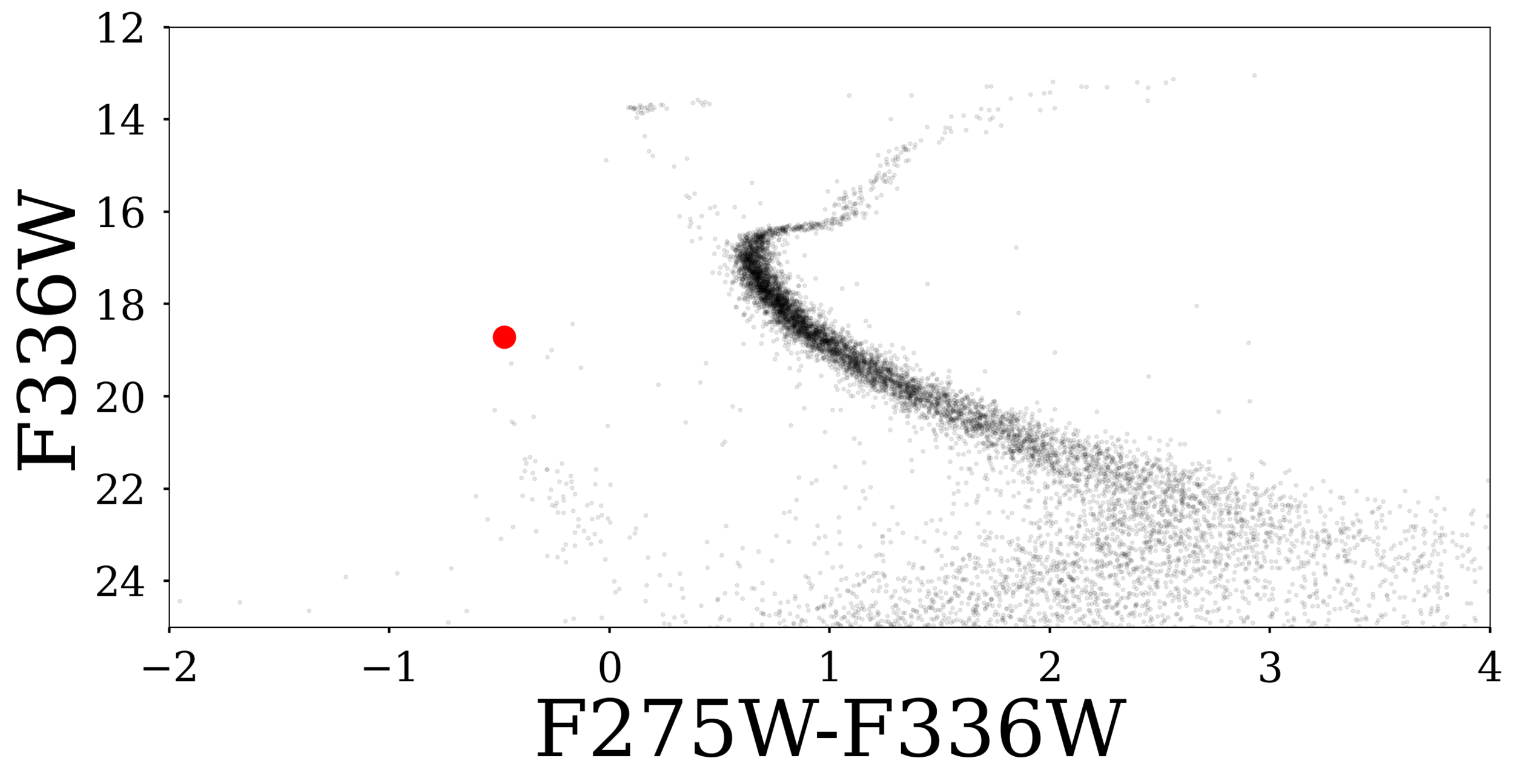
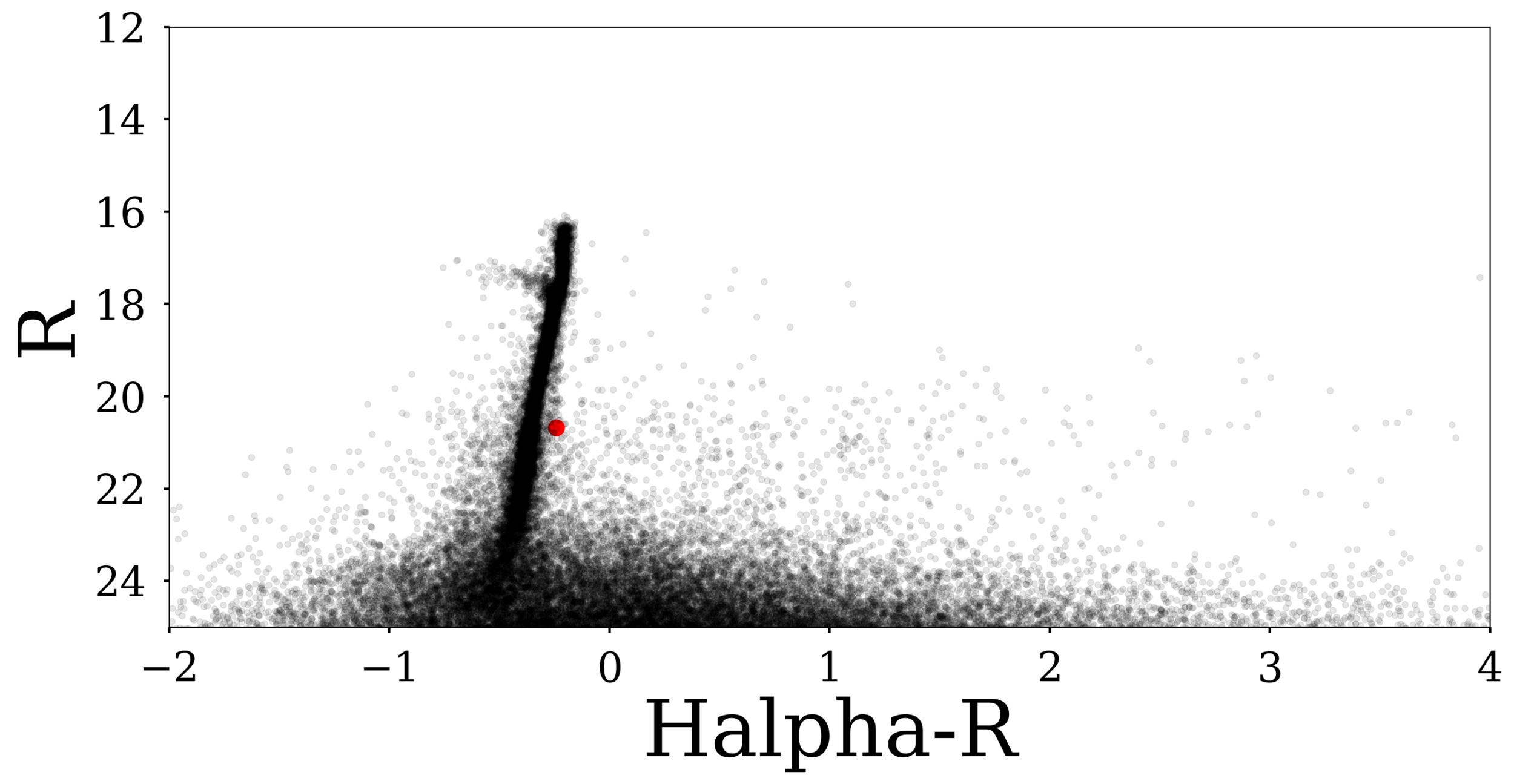
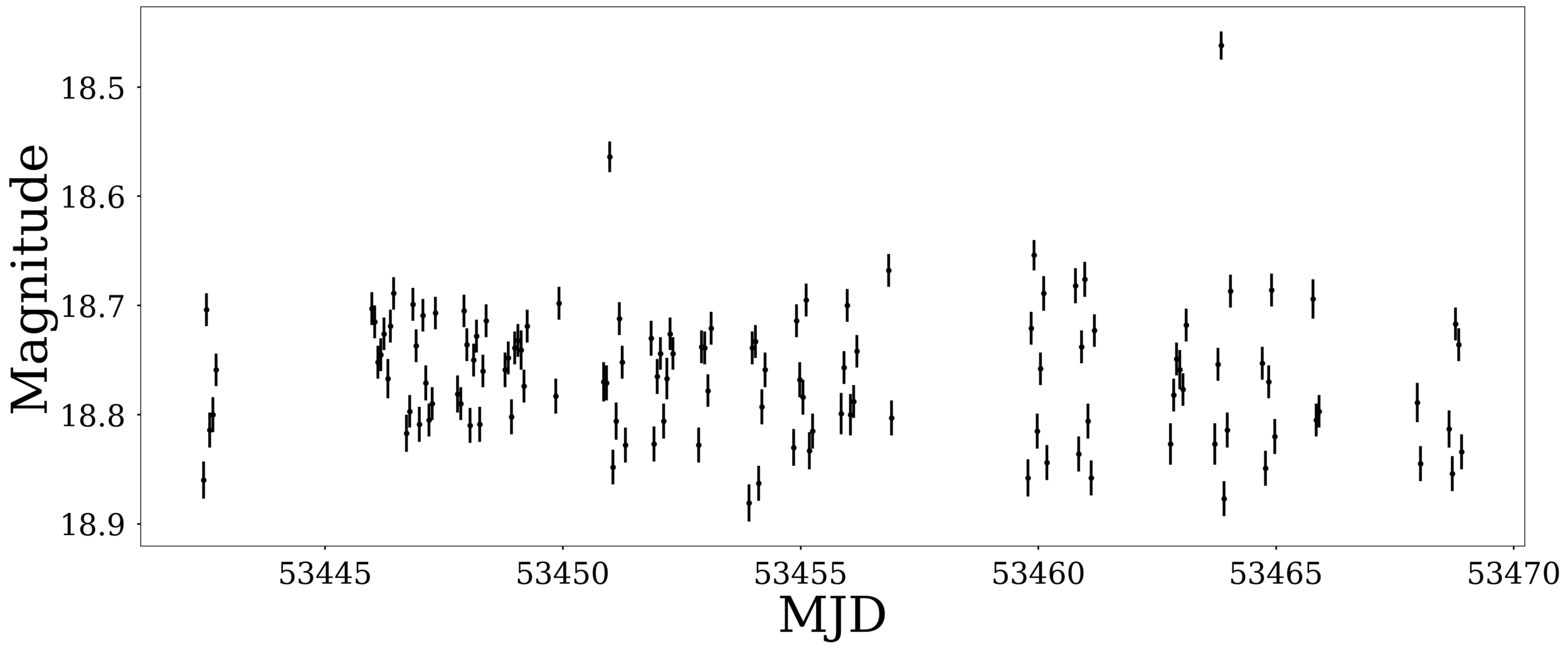
Pichardo Marcano et. al (in prep)
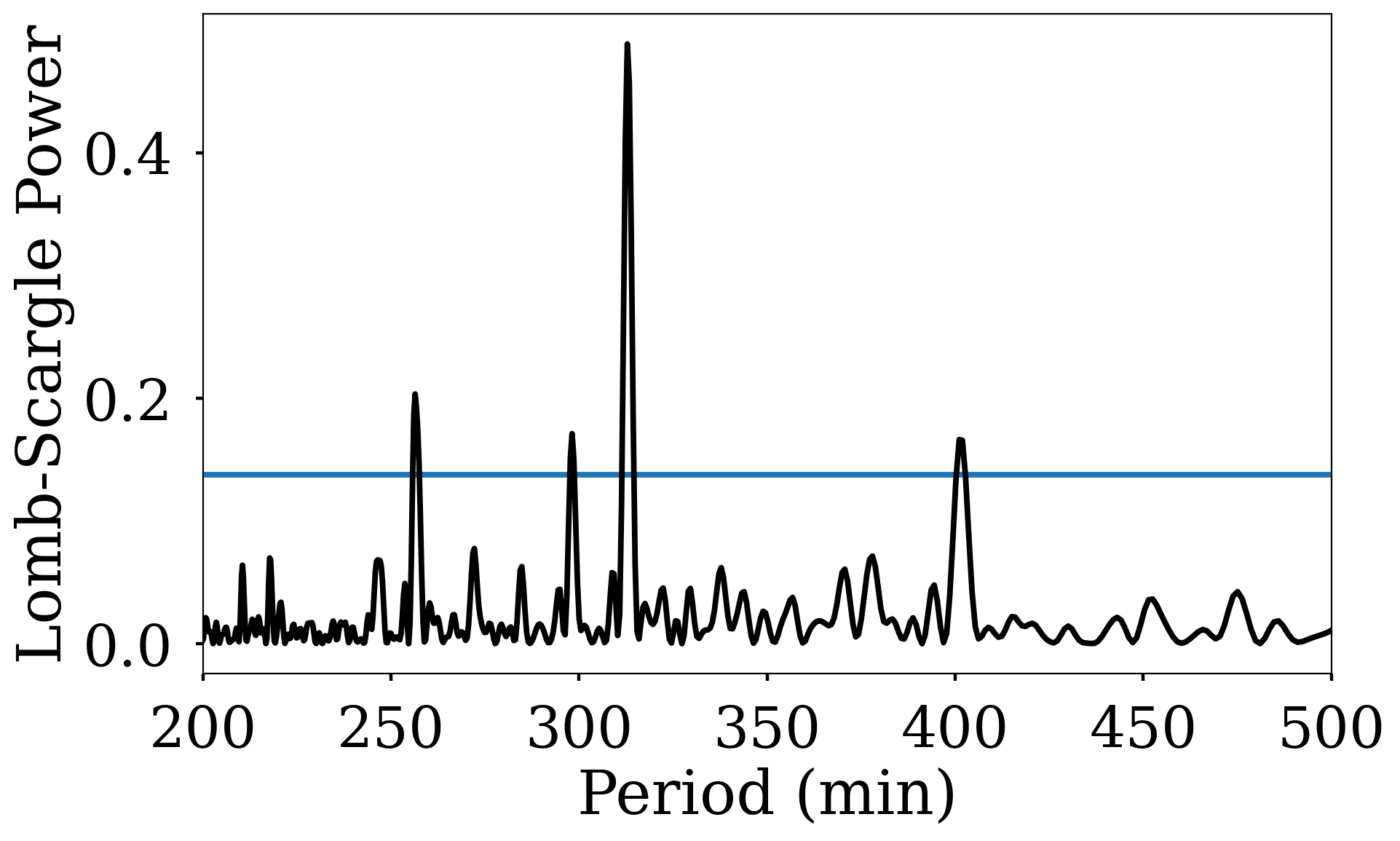
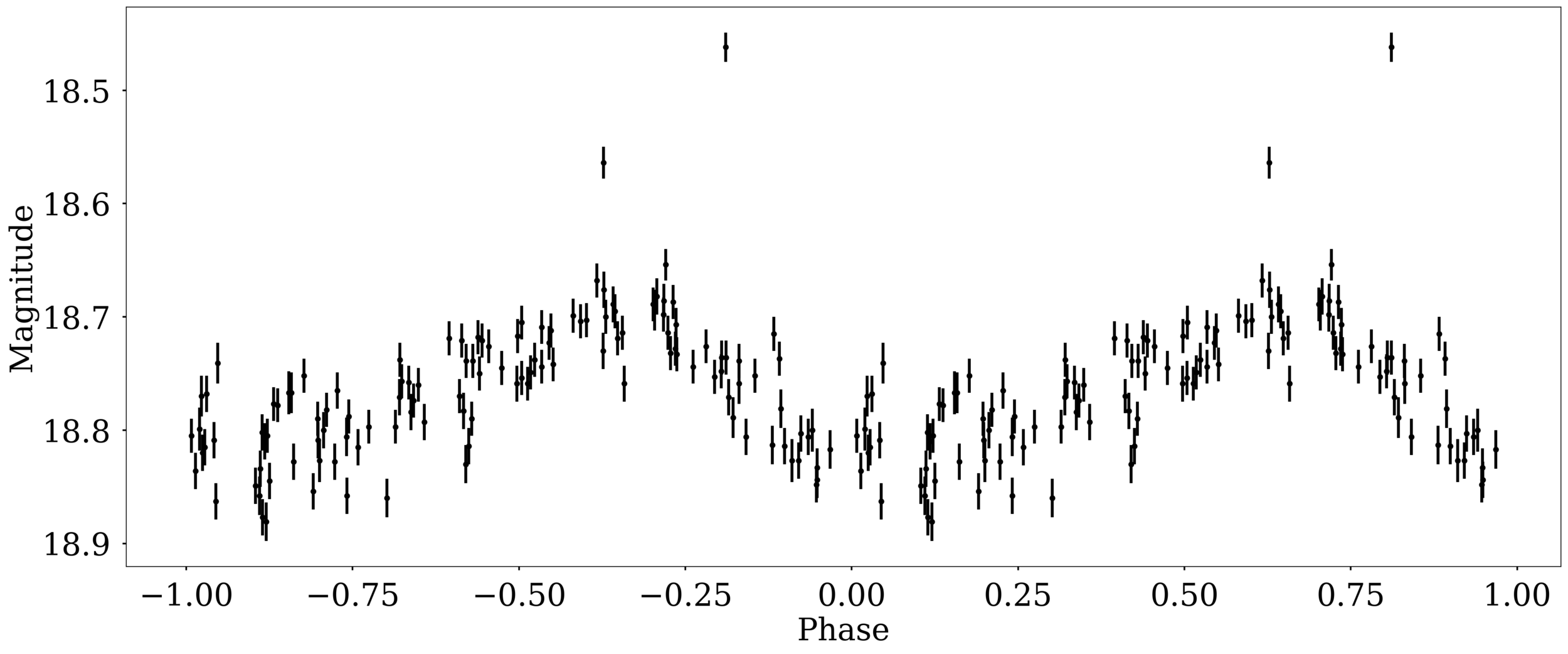
- Not Detected in X-rays
- Potential Porb
-
5.21 hours
-
Pichardo Marcano et. al (in prep)
Detached White Dwarf-Red Dwarf
NGC 6397

- Pipeline to find interesting objects:
- CMD Position and Periodicity/Variability Searches
- We were able to recover all known CV Candidates
- Found Orbital Period Redback Pulsar
- Detached White Dwarf-Red Dwarf
- Many more variables to analyze...

Other work with Accreting WDs
-
Follow-up eROSITA transient:
- TESS time series analysis
-
-
Atel: Pichardo Marcano (2020)
-
Paper: Schwope, [...], Pichardo Marcano, et al. (2021)
-
Caltech

Compact Binaries Surveys
2- SCOVaS: Survey for Compact Objects and Variables
Pichardo Marcano et al. (2021a)
Pichardo Marcano et al. (in prep.)
1- TACOS: TESS AM CVn Outbursts Survey
Pichardo Marcano et al. (2021b)
Compact Binaries Surveys
Extra Slides
PTF1 J0719+4858:
-
Similar to Dwarf Novae:
- Hameury et al. (2020)
- Rivera Sandoval et al. (2021)
Color Evolution
Pichardo Marcano et al. (2021)

Transiting Exoplanet Survey Satellite (TESS)
Empirical Relationships
- Trec prop Porb^7.35
- Tdur prop Porb^4.54
- Delta mag prop Porb
- Long-term
- Ground-Based:
- PTF
- CRTS
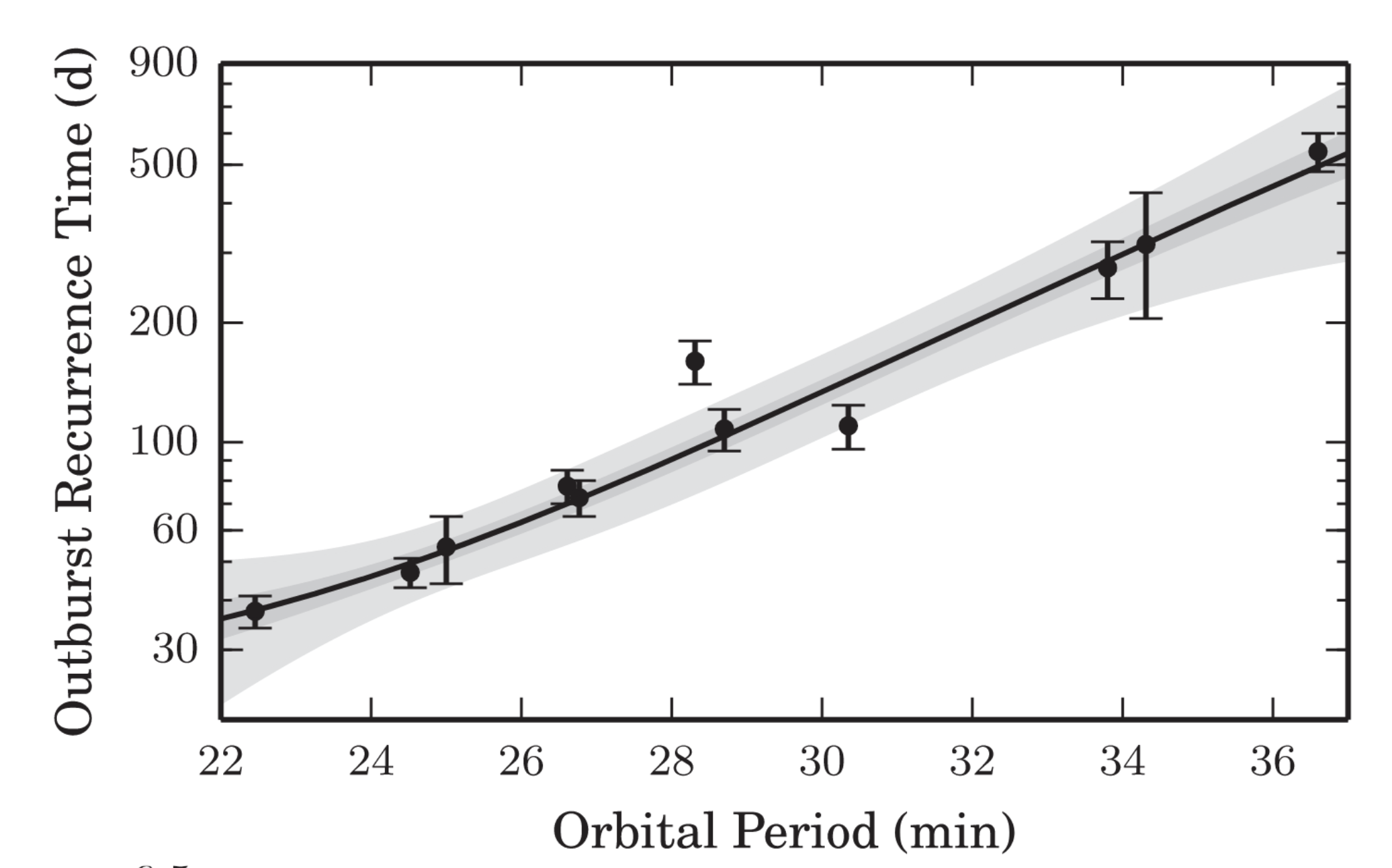

Levitan et al. 2015
See also Duffy et al. 2021
Outbursts

Pichardo Marcano et al. (2021)
Long-term monitoring


Pichardo Marcano et al. (2021)
- Orbital Periods:
- 2-minute cadence
- Limits on Recurrence Time
- "Normal Outburts"
AM Canum Venaticorum AM CVn
-
White dwarf + White dwarf
-
White dwarf + He Star
-
Orbital Period: 5-70 minutes

Caltech
Summary
- GOTO:
- Time-domain astronomy
- ZTF, ATLAS, TESS, HST
- Experience Transients
- Expand my expertise
- Time-domain astronomy
- Common interest with Warwick Scientists
- Compact Binaries:
- Accreting WDs
- Compact Binaries:
- Experience Spectroscopy:
- IFU: MUSE, VIMOS
- GEMINI